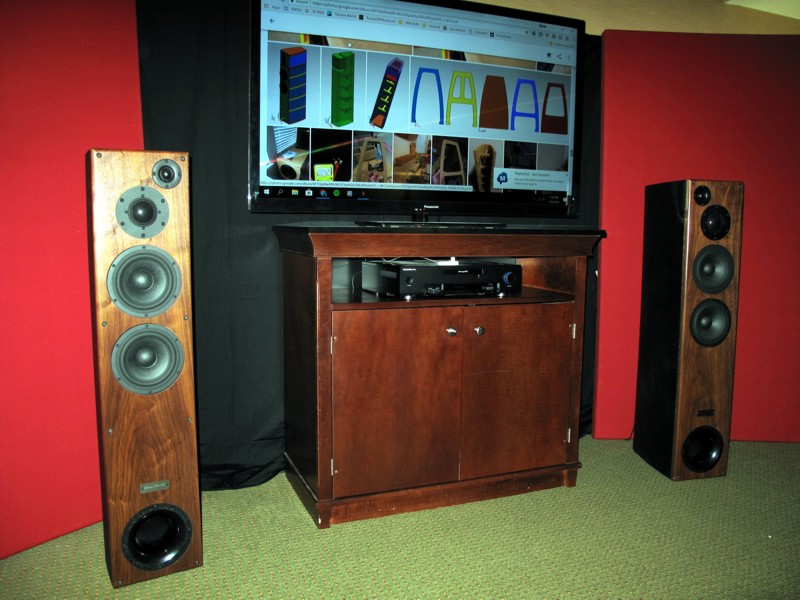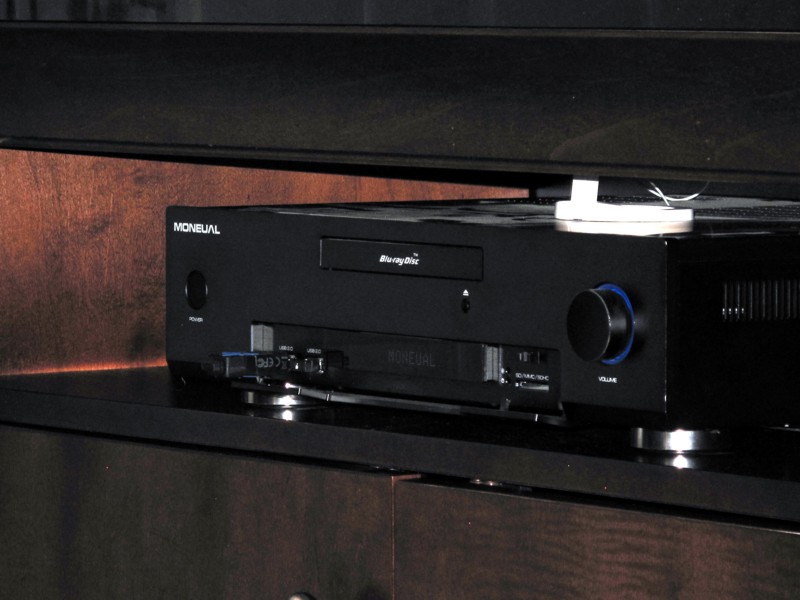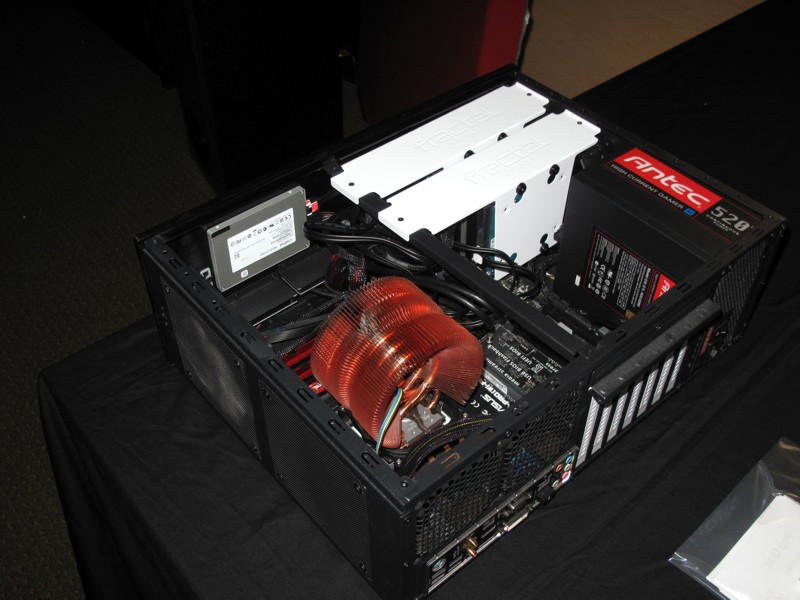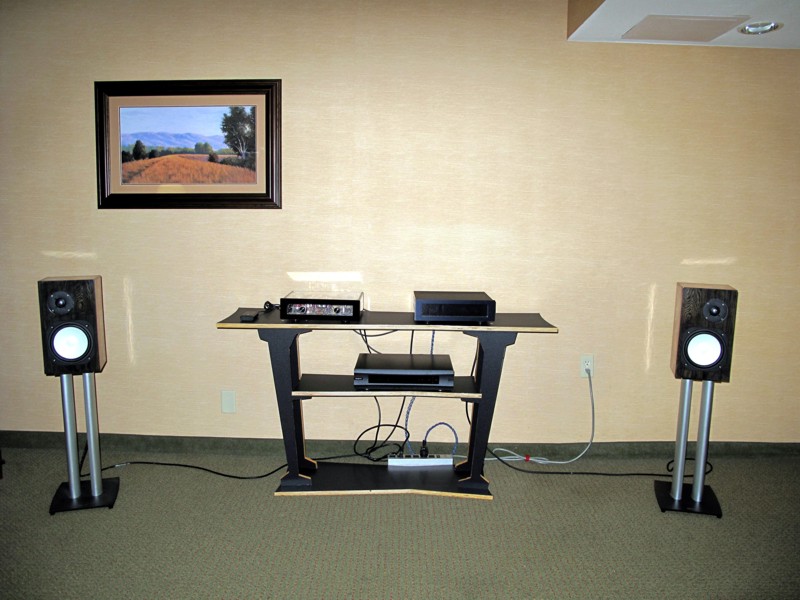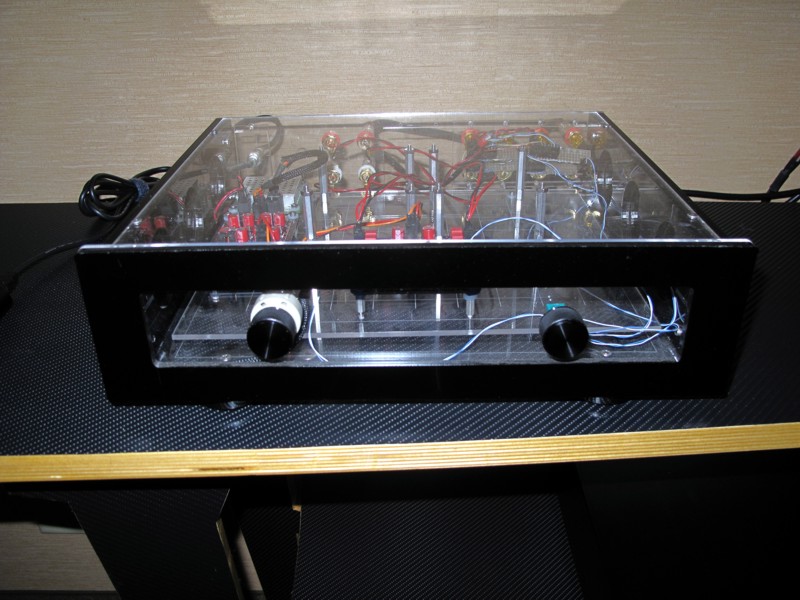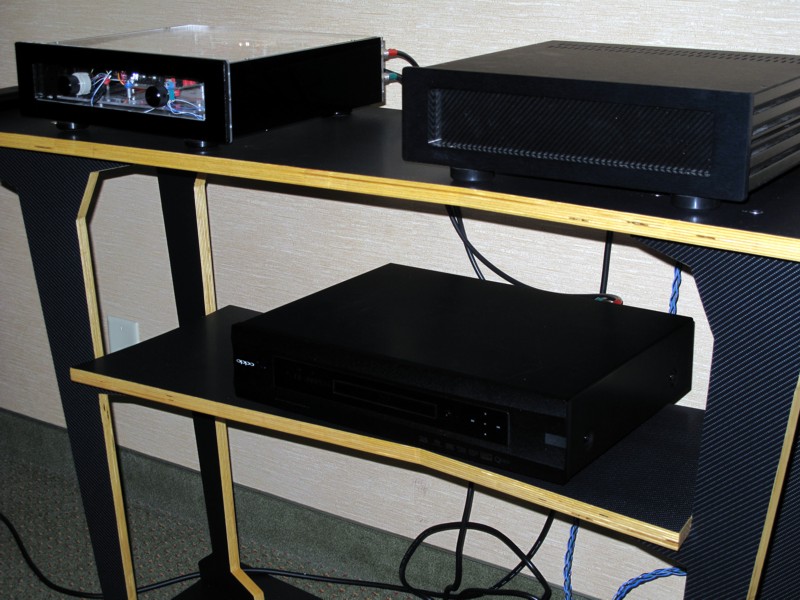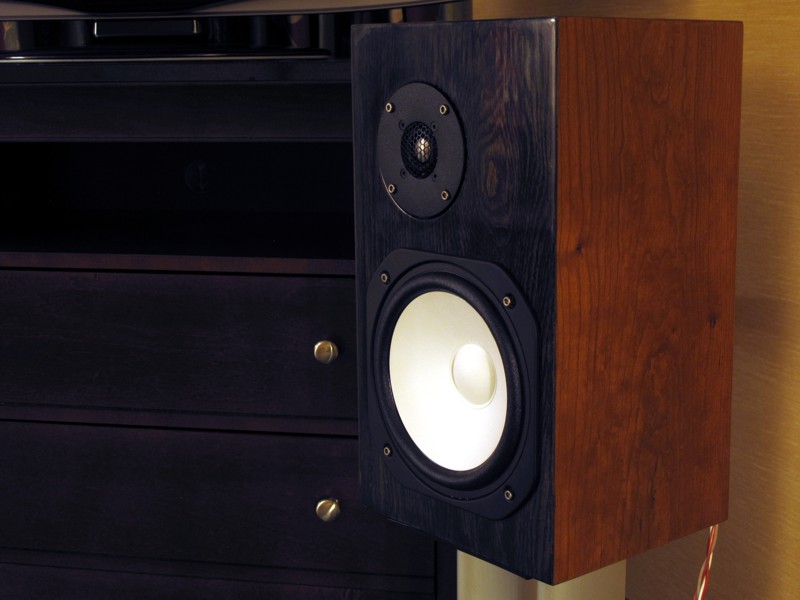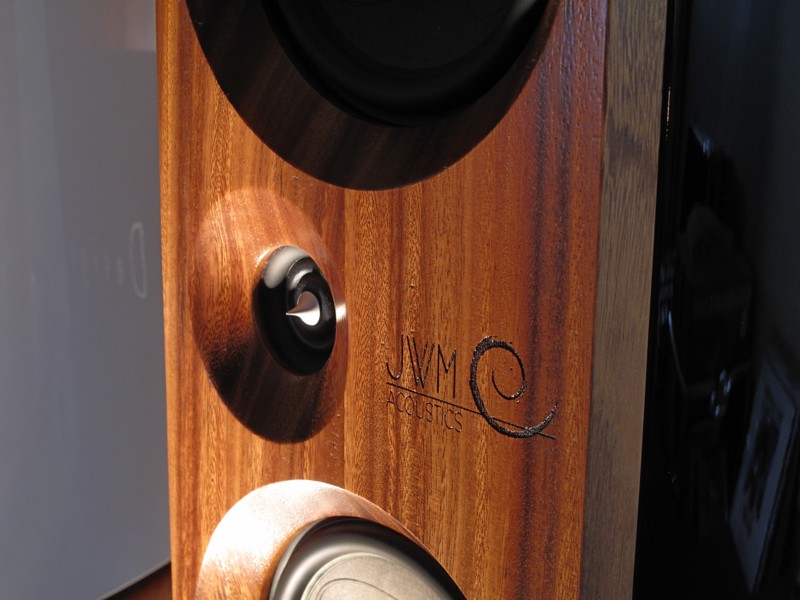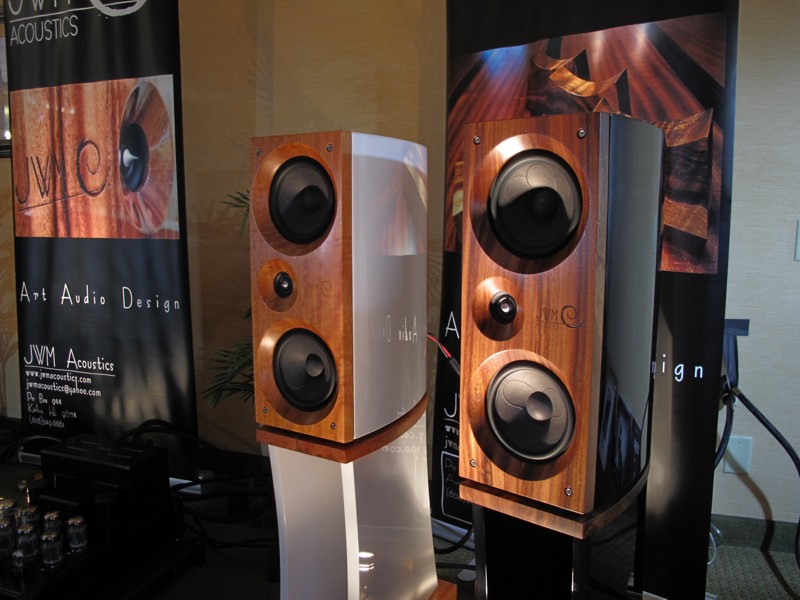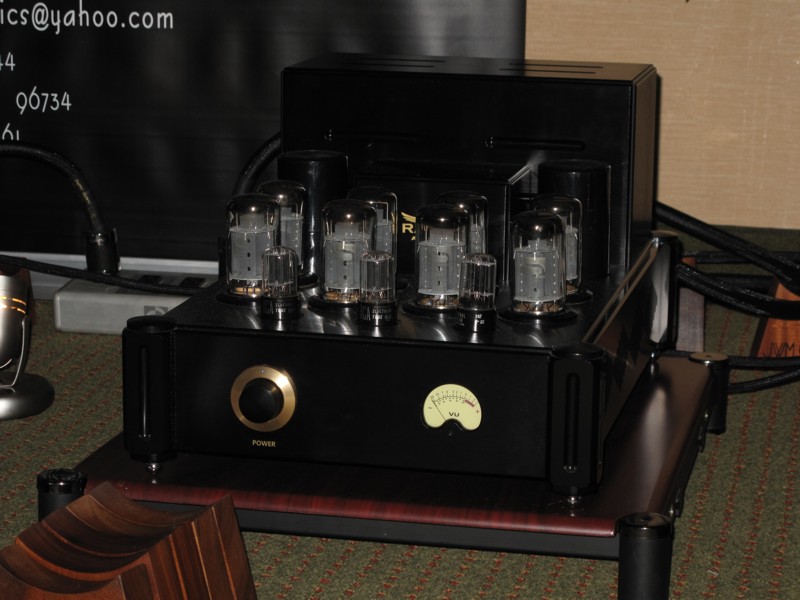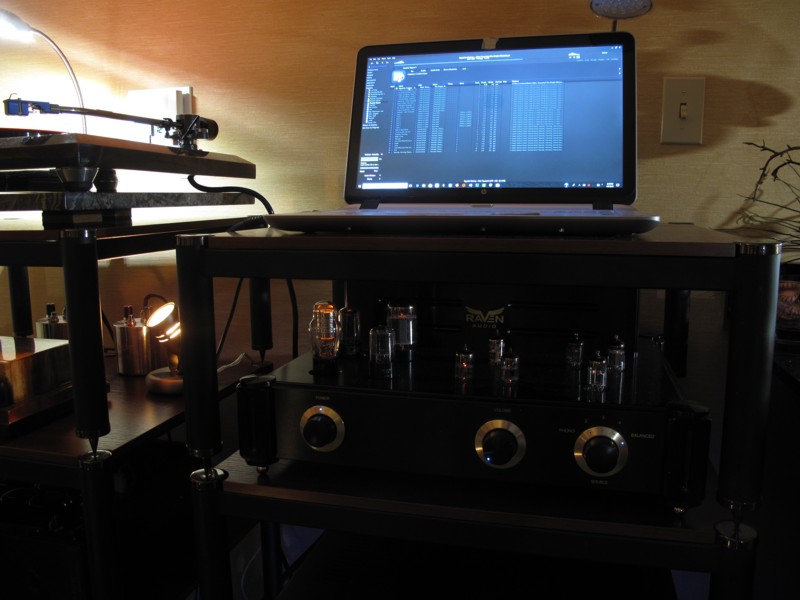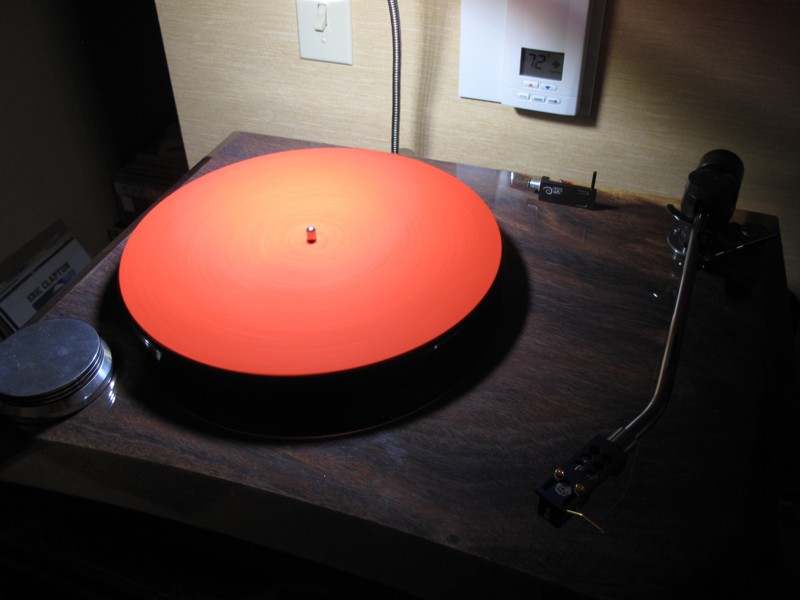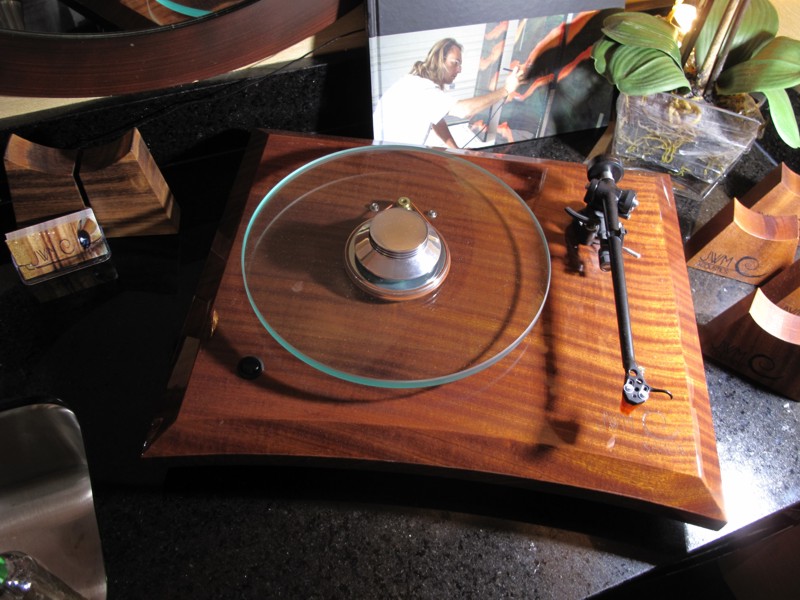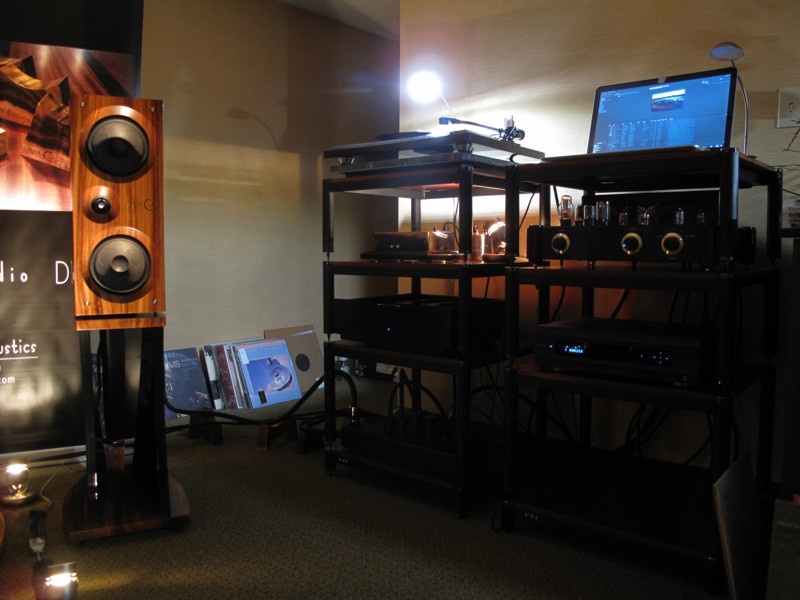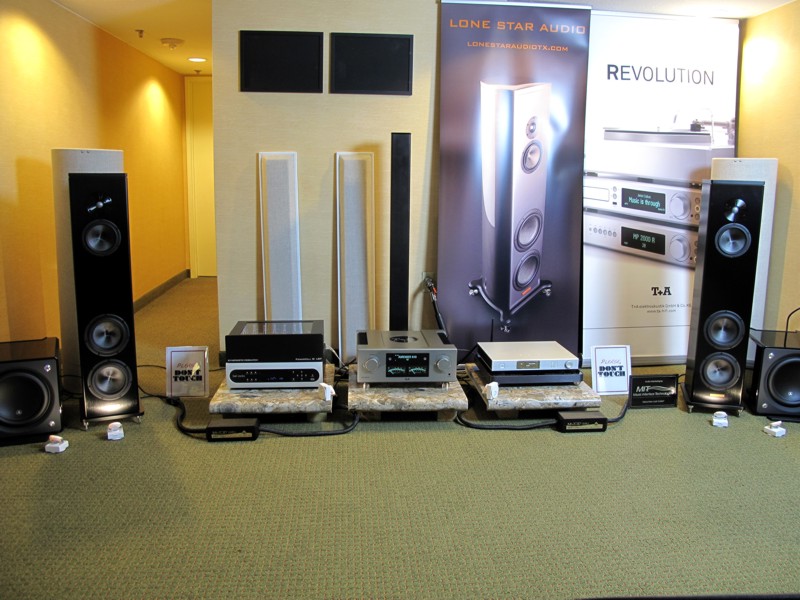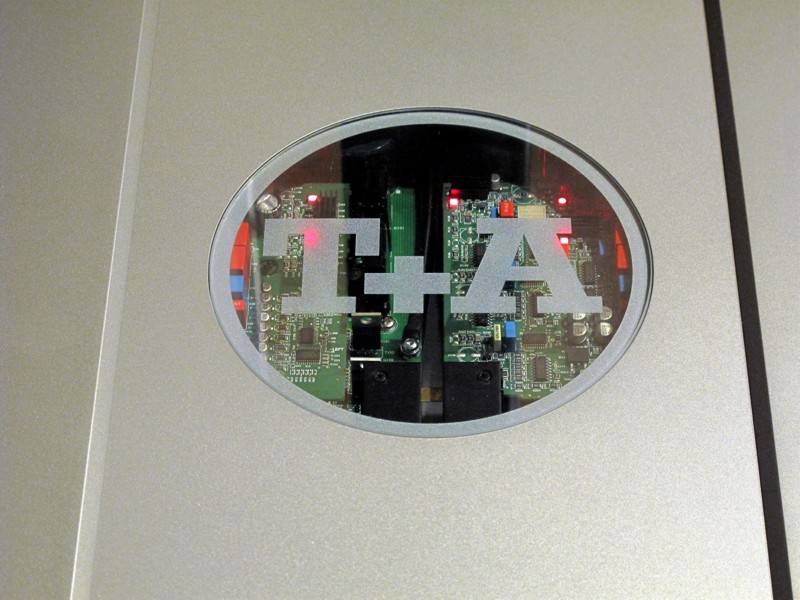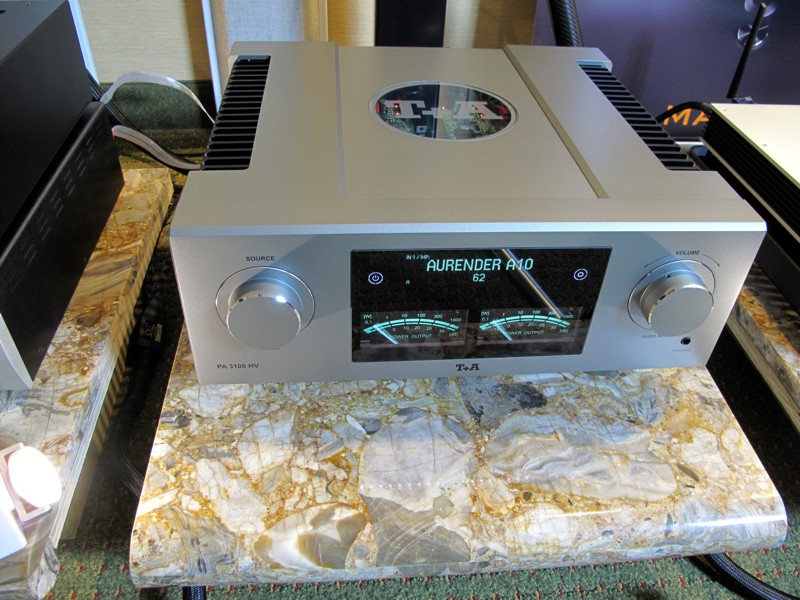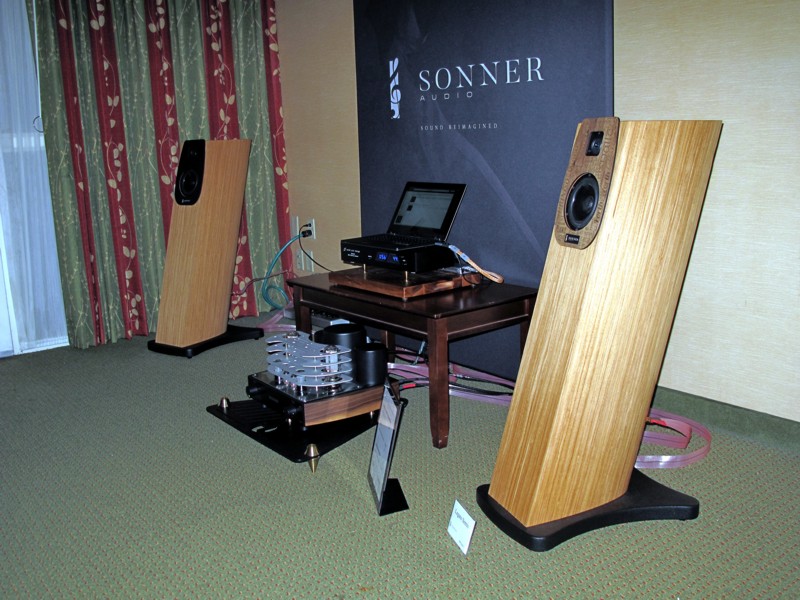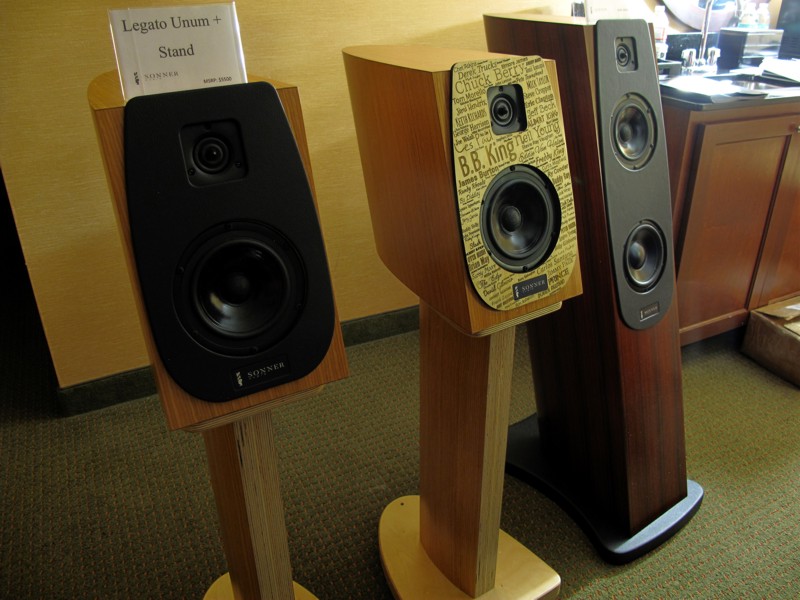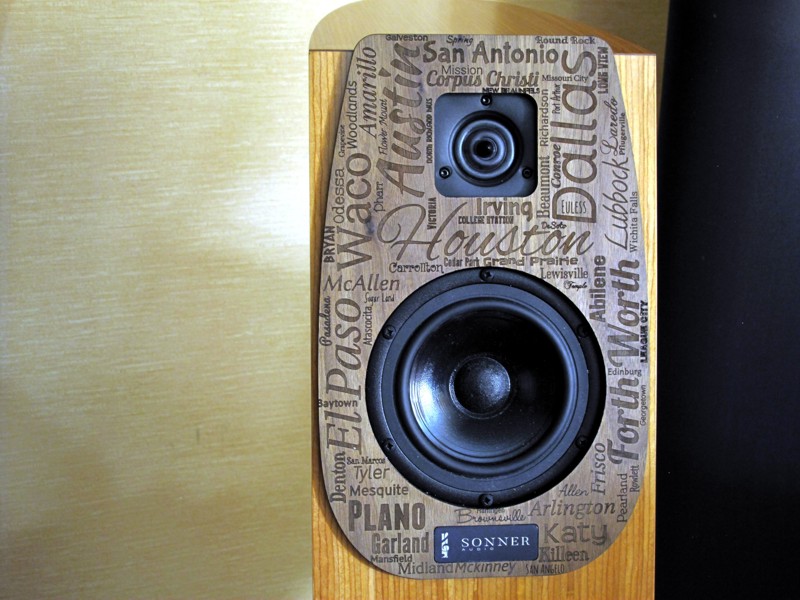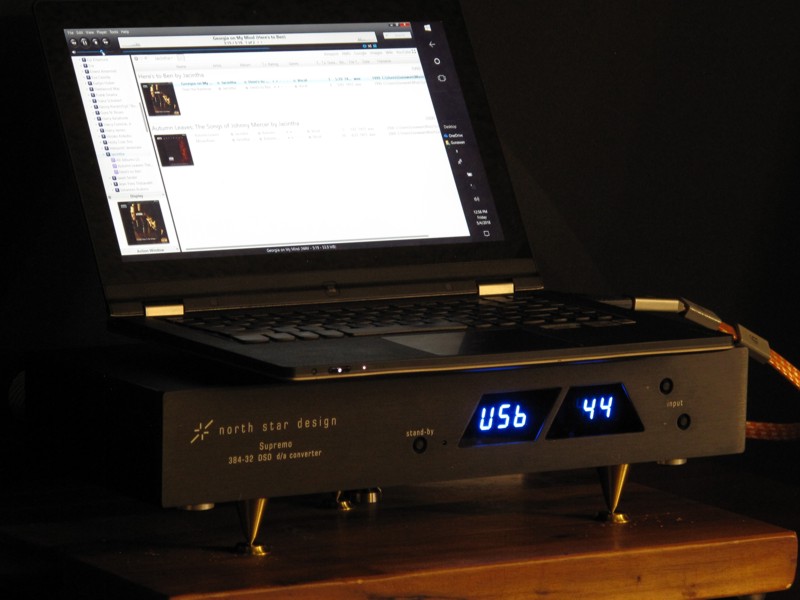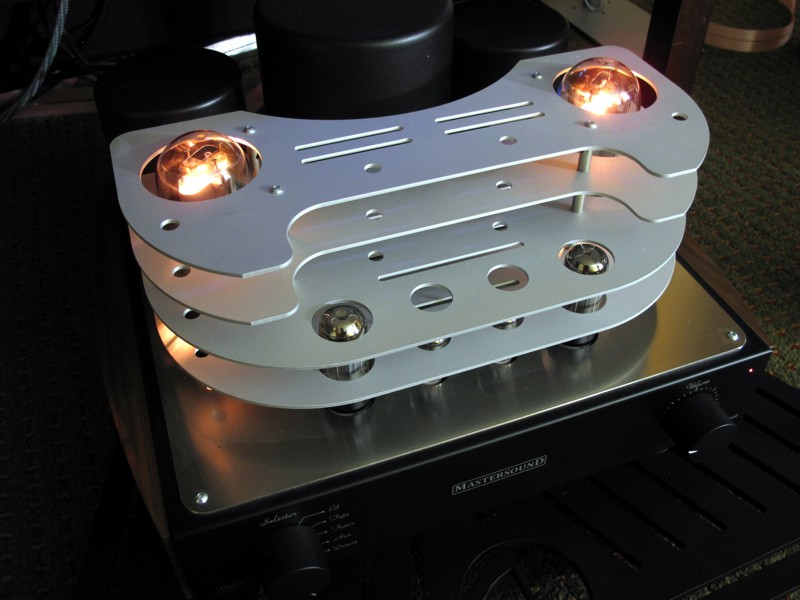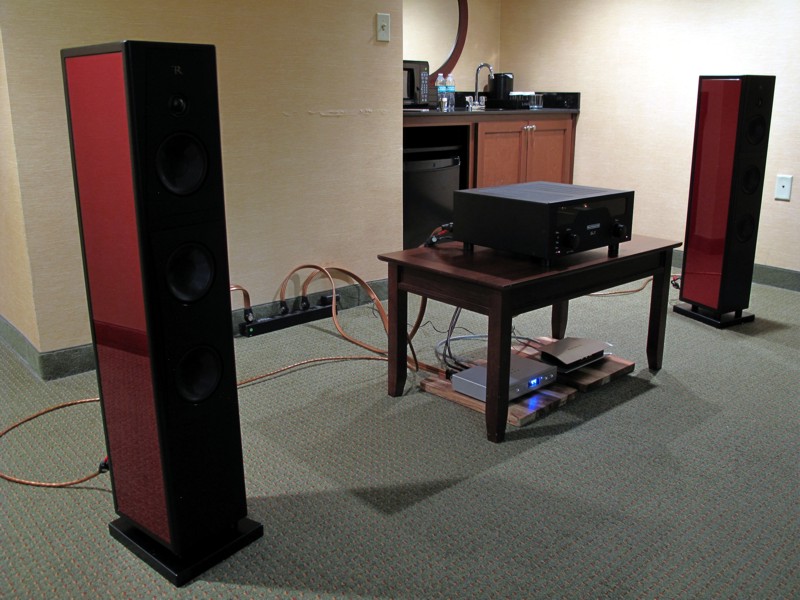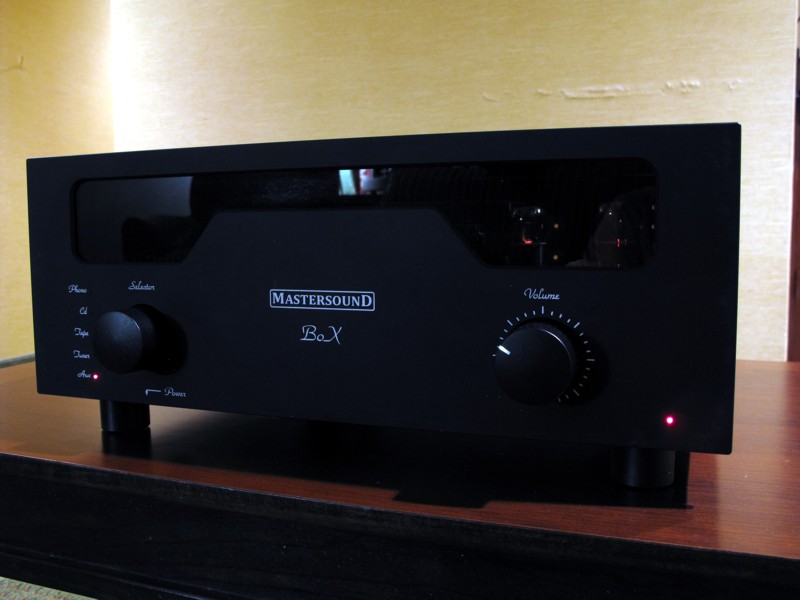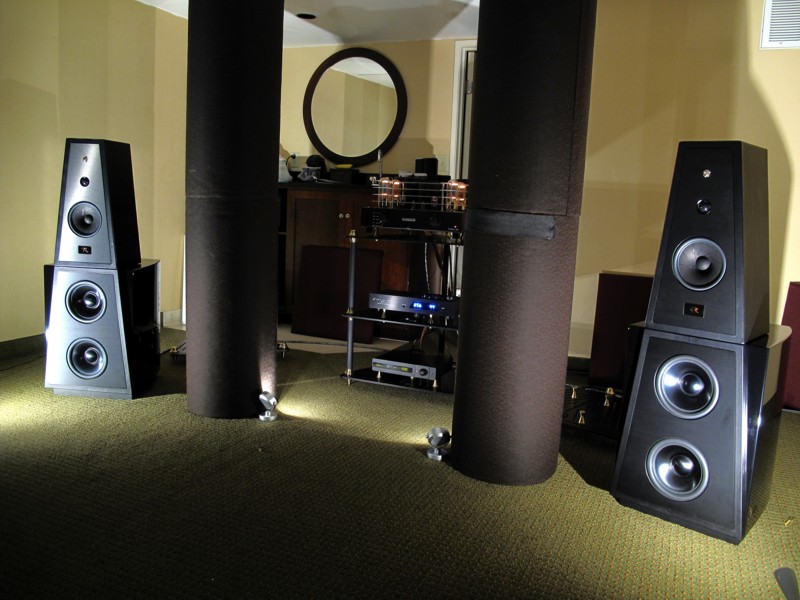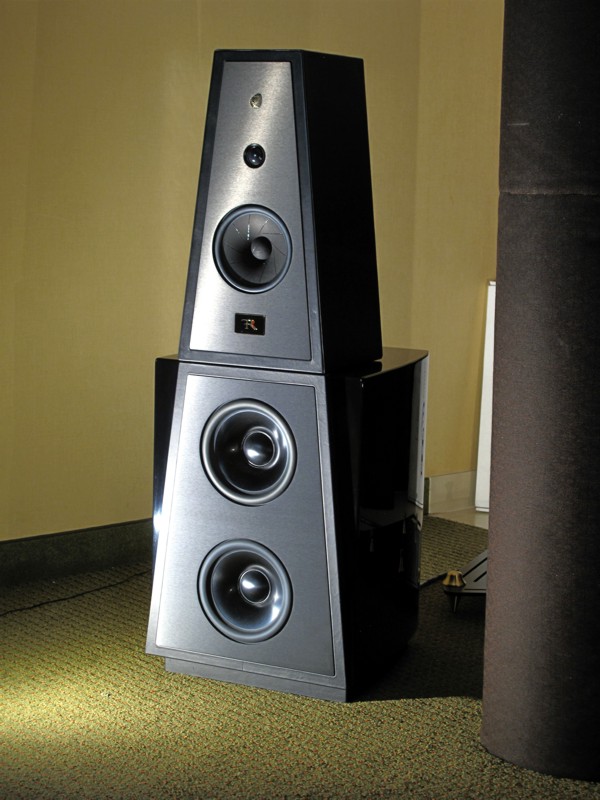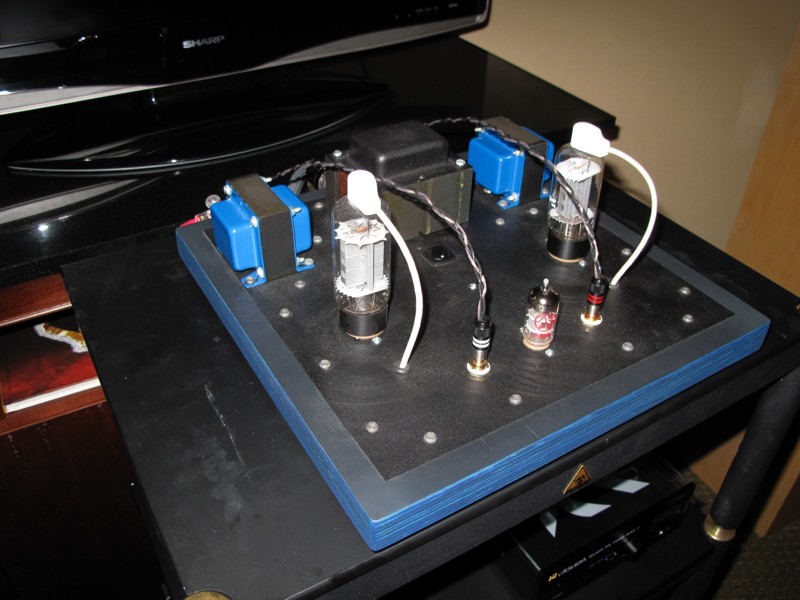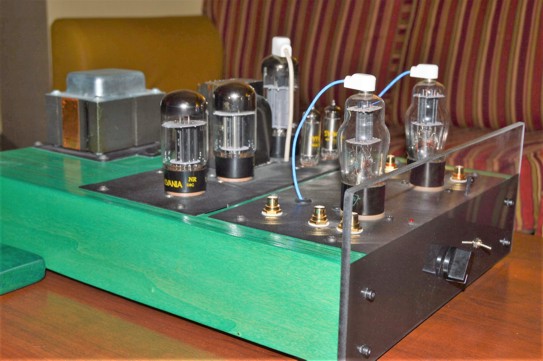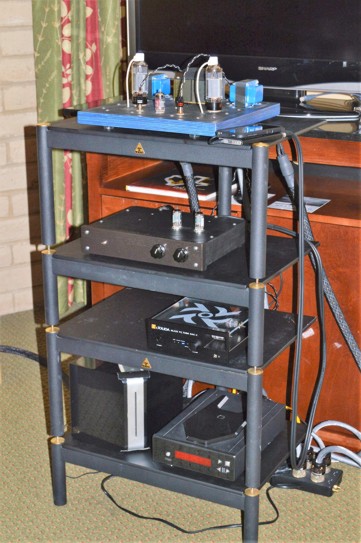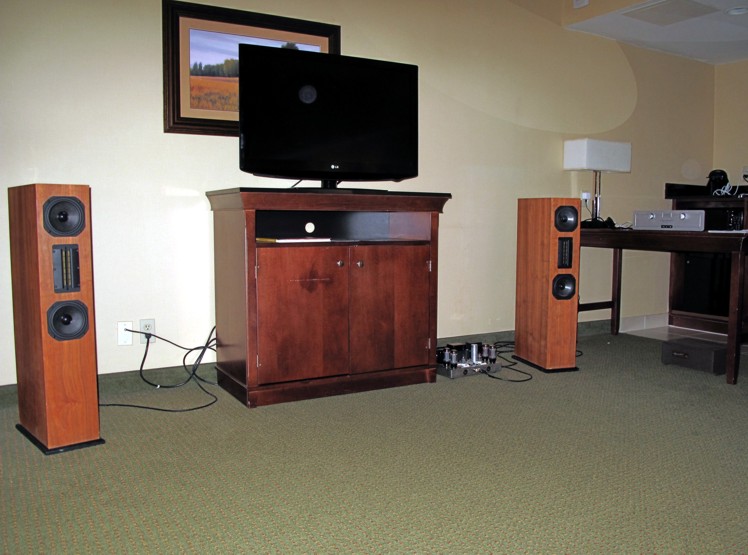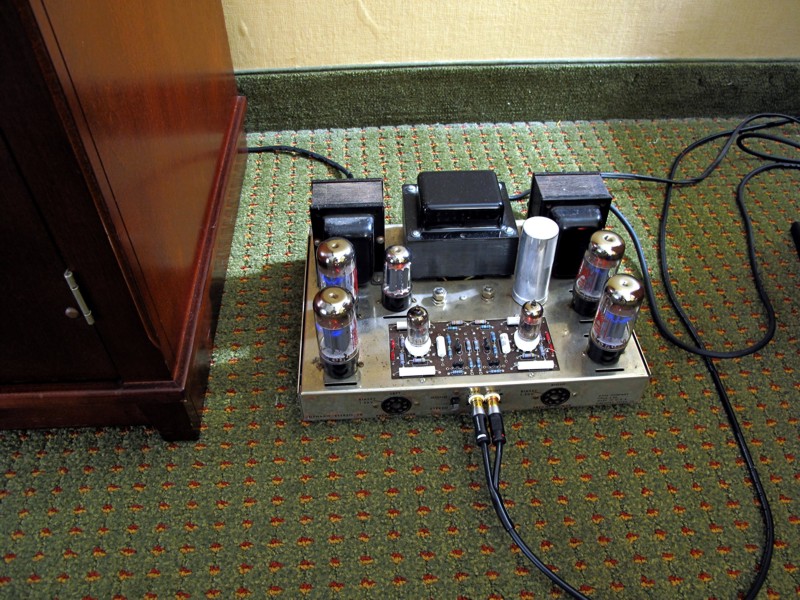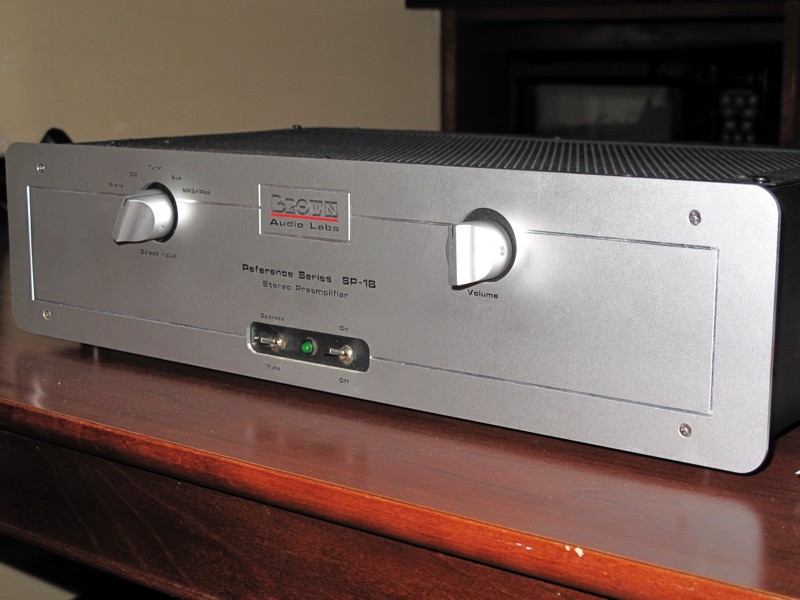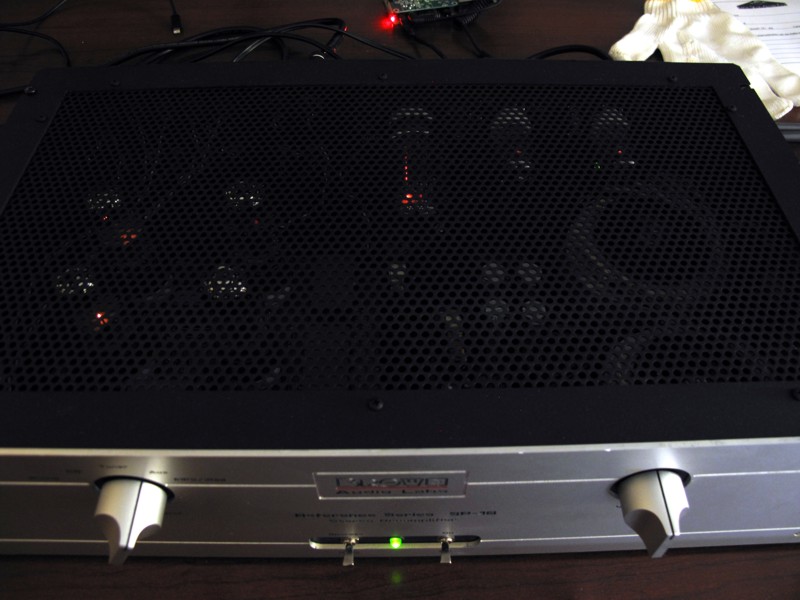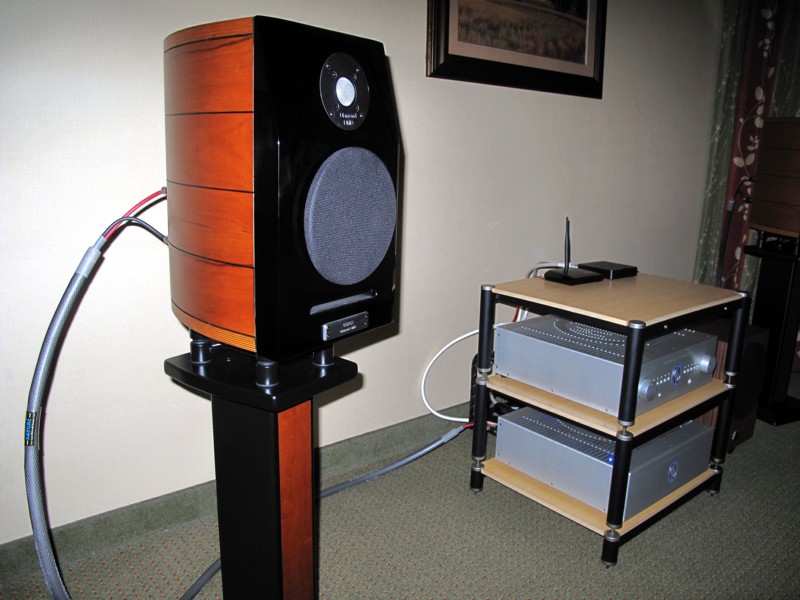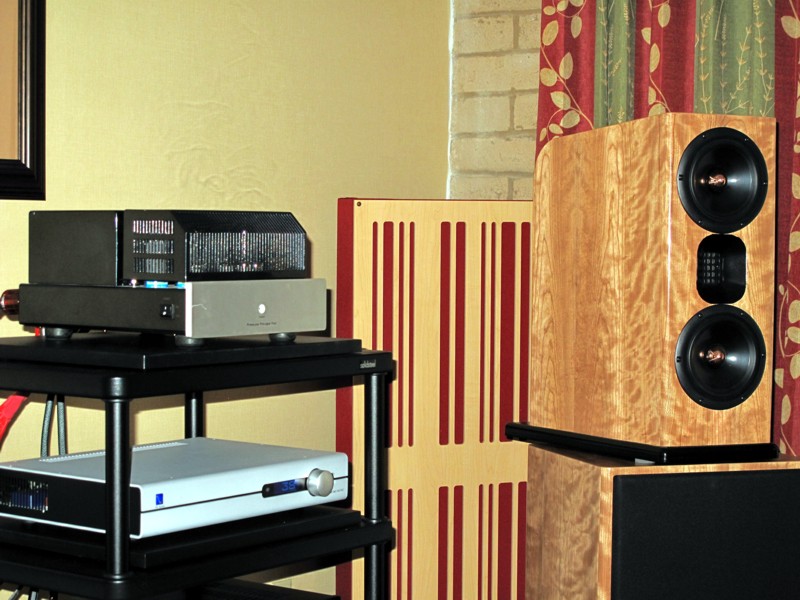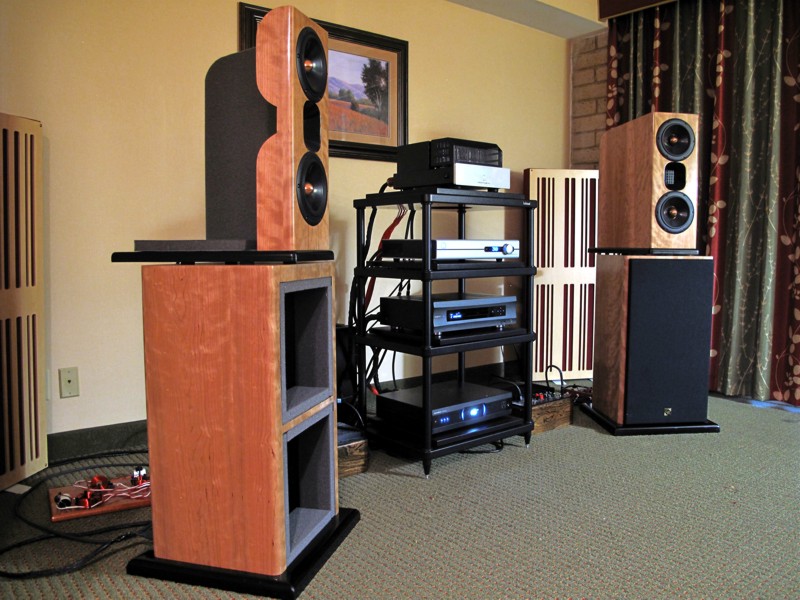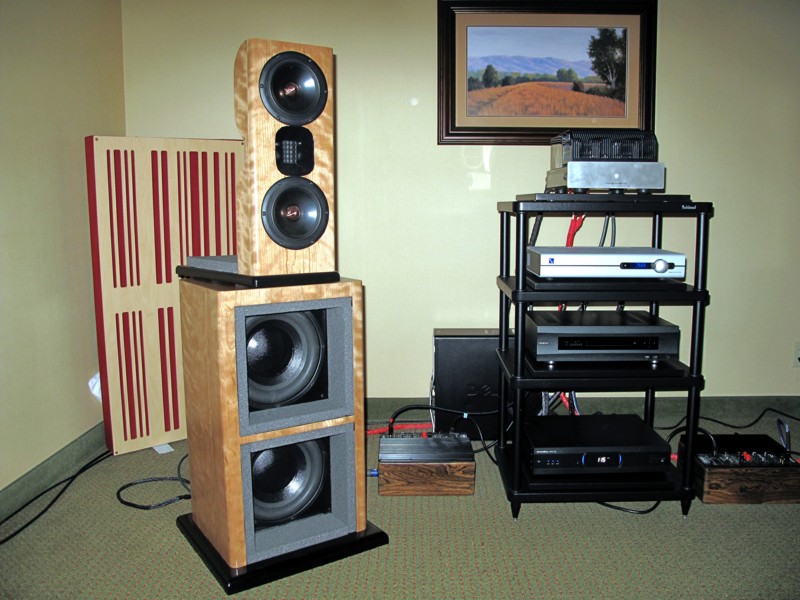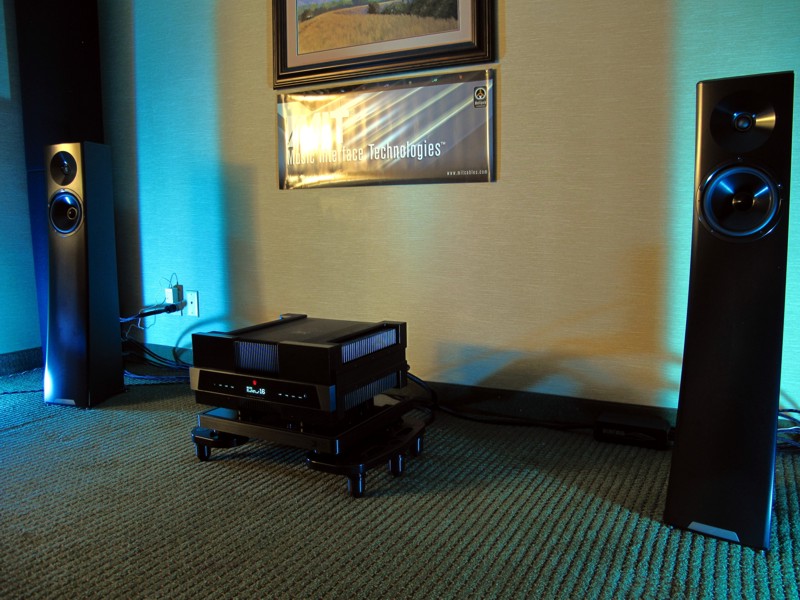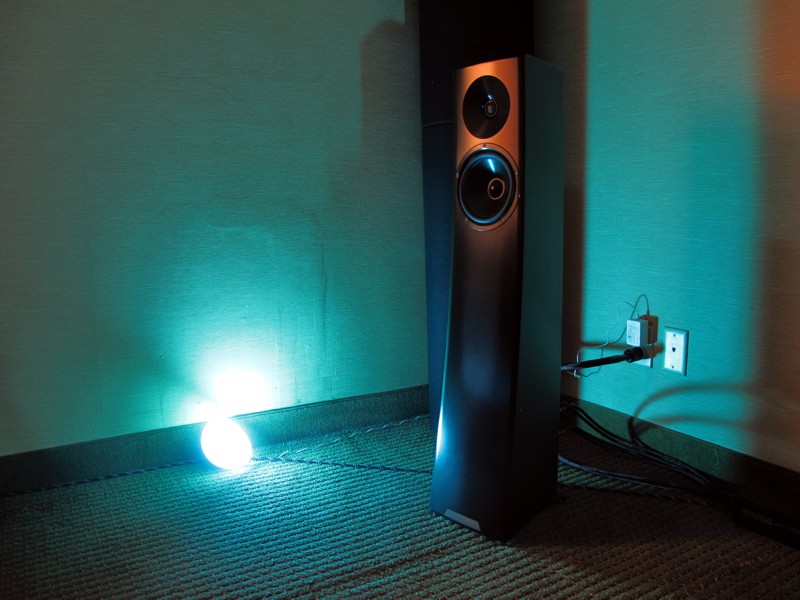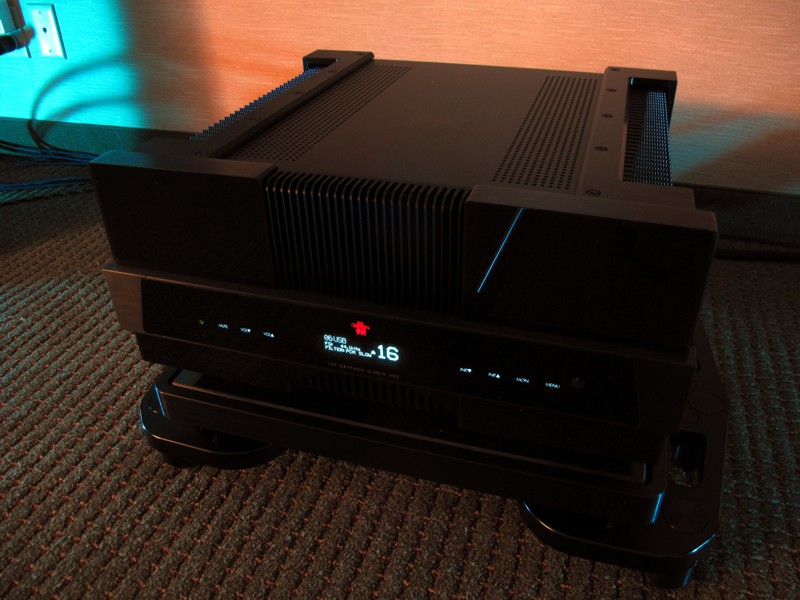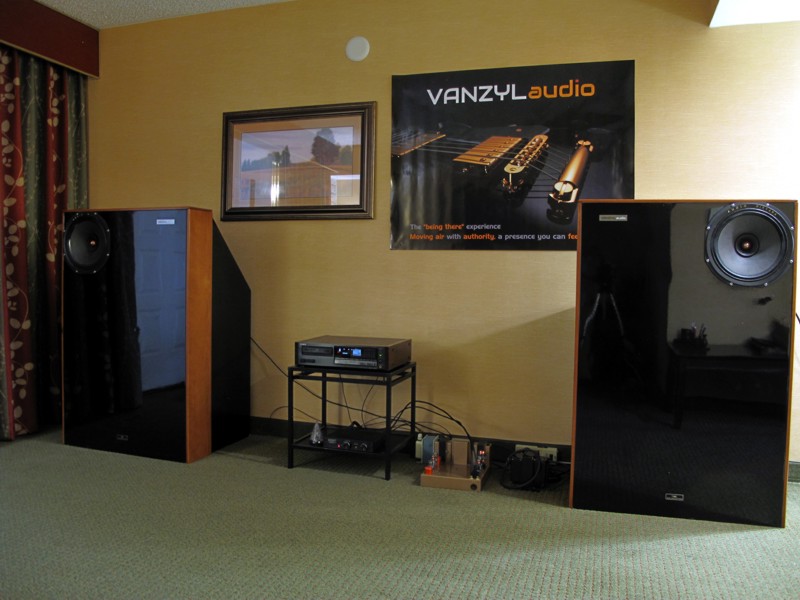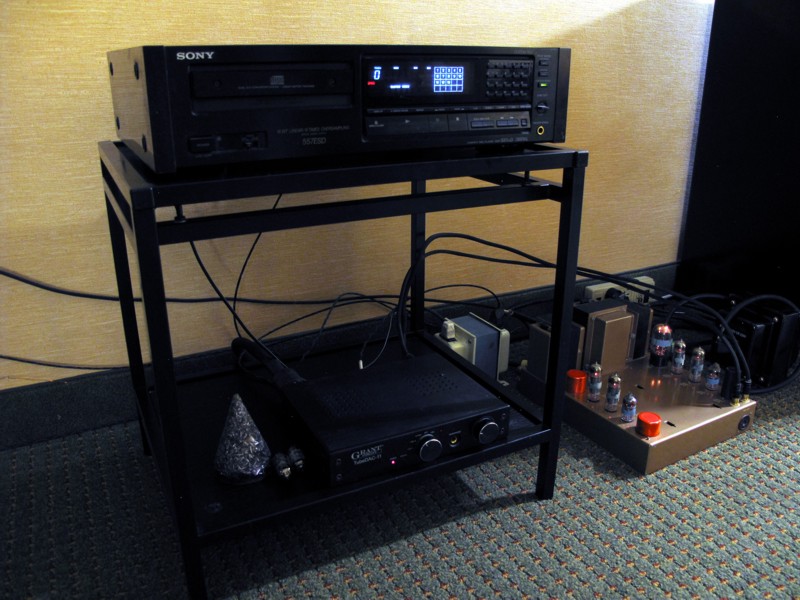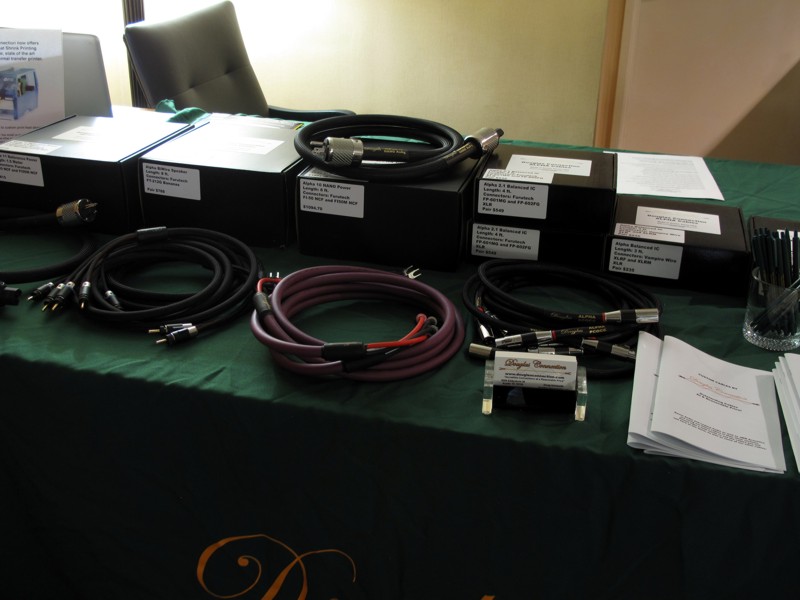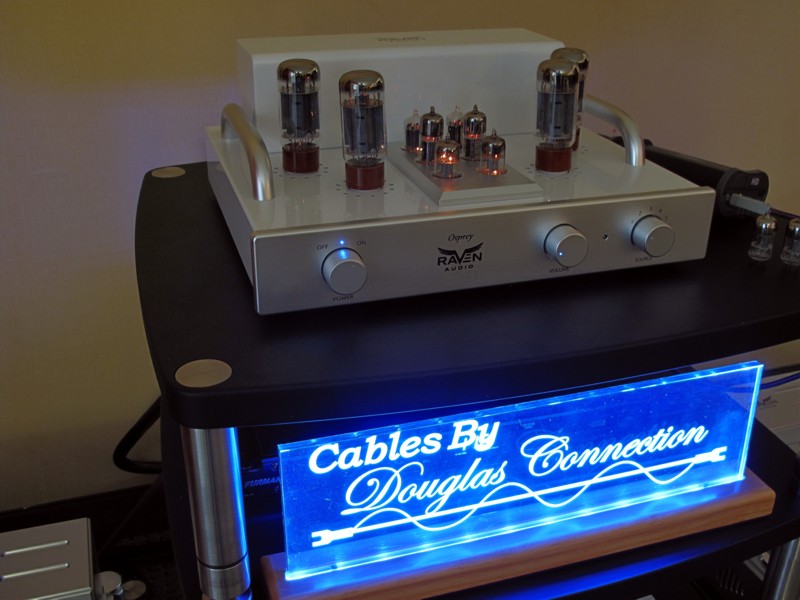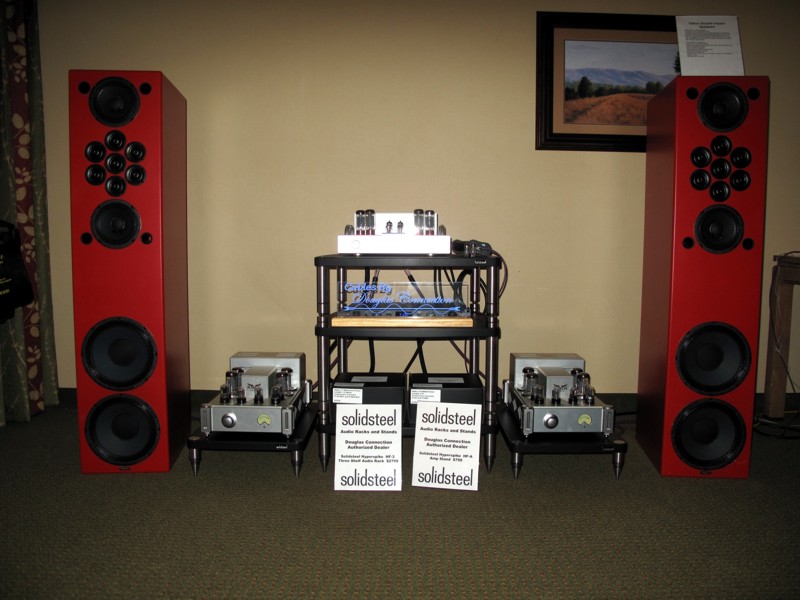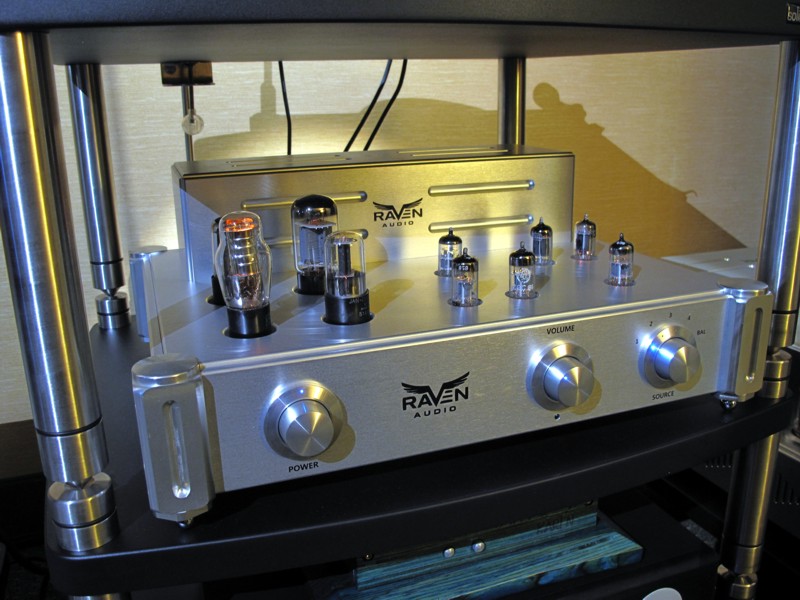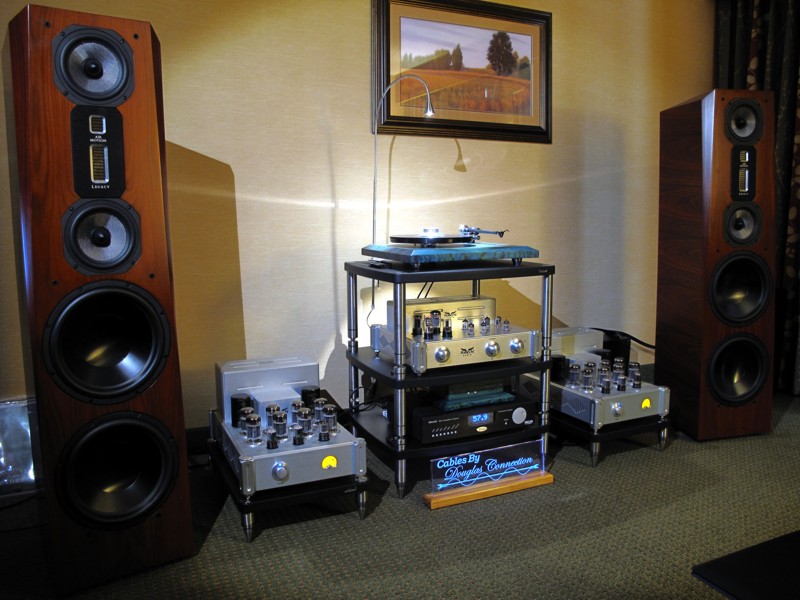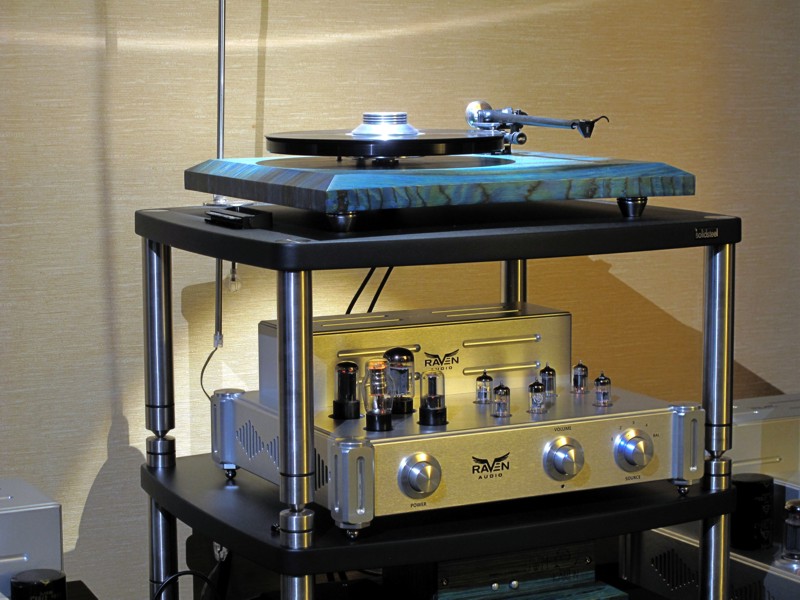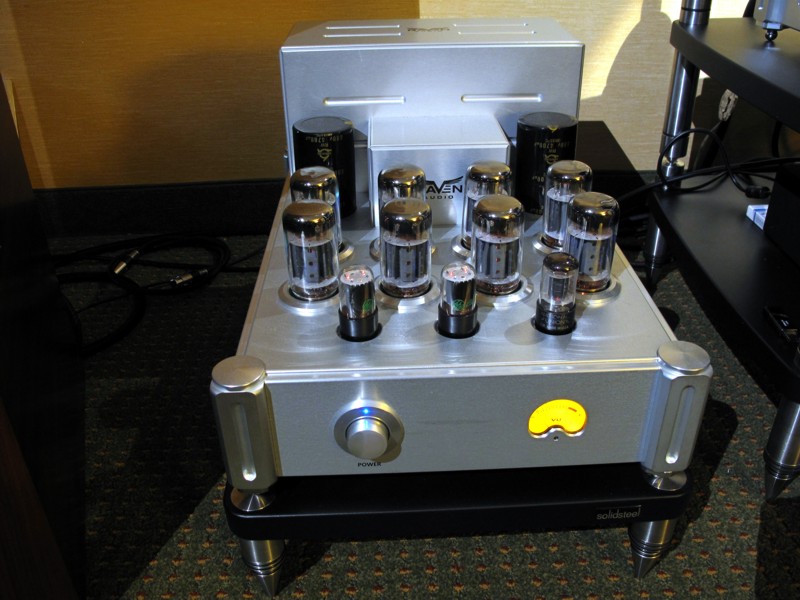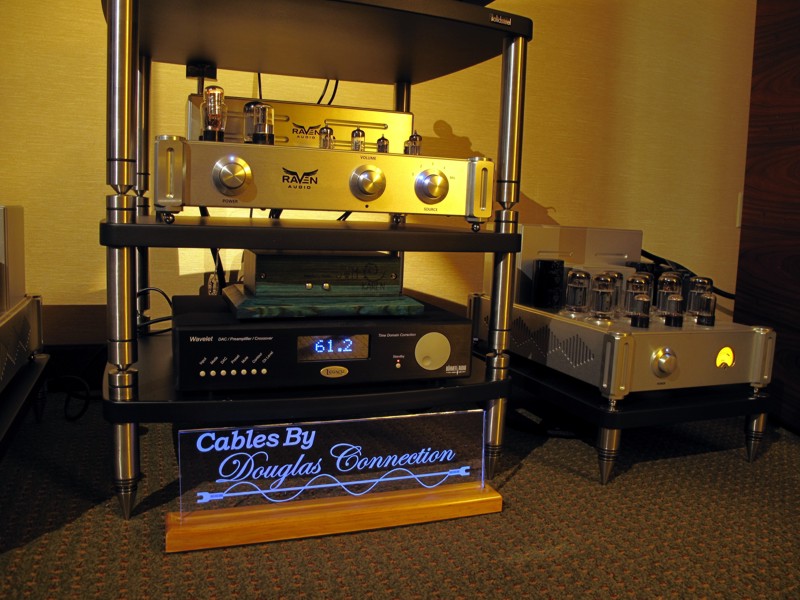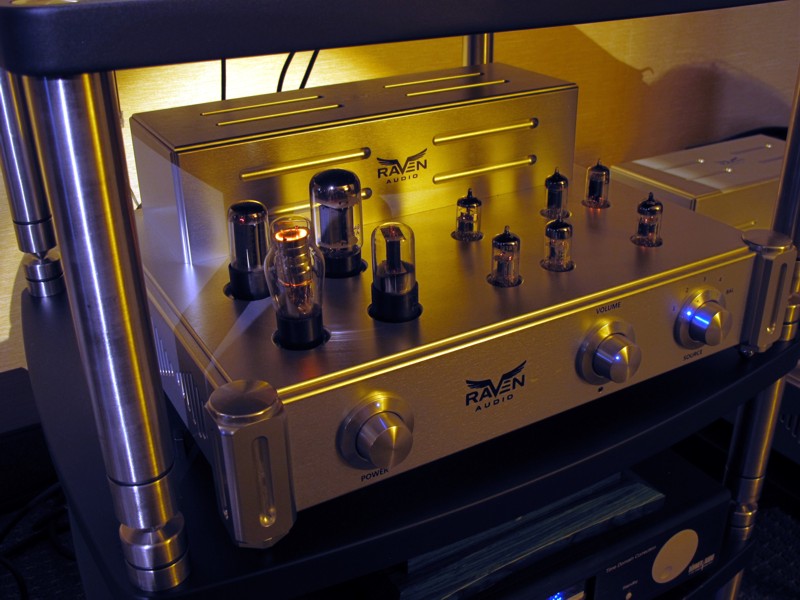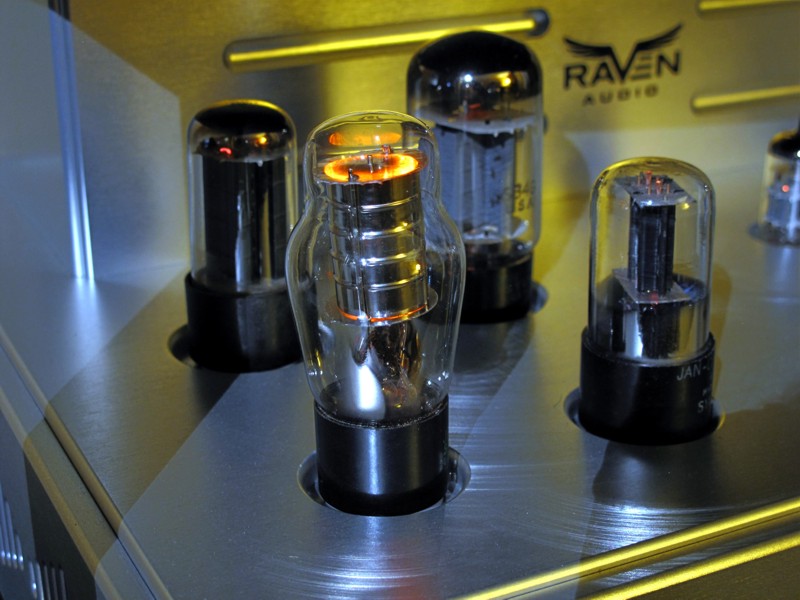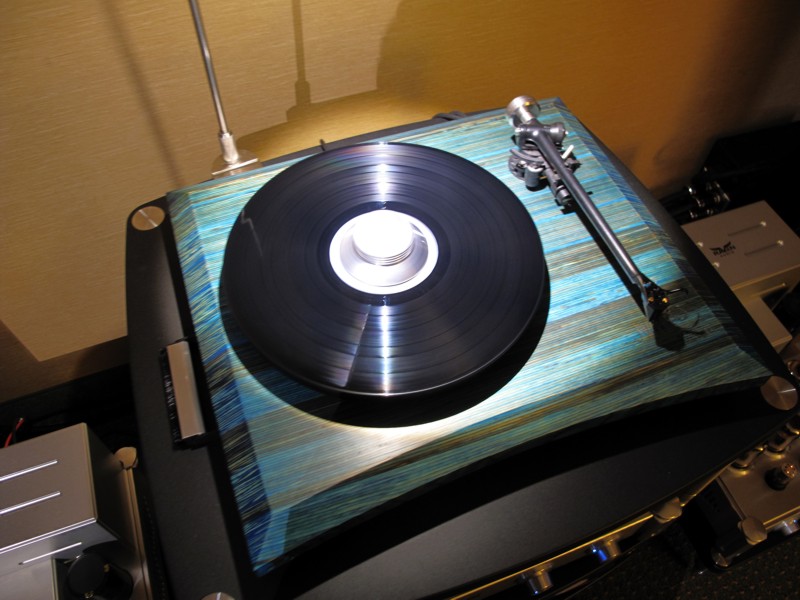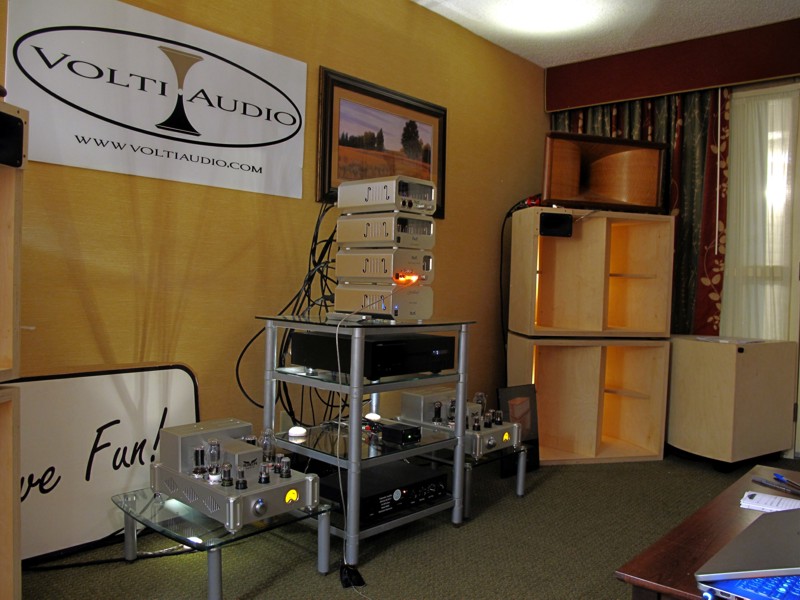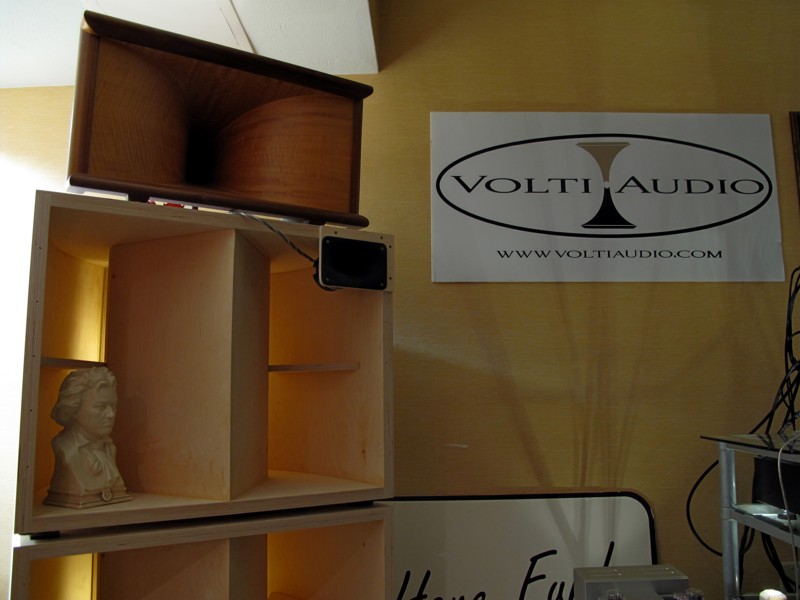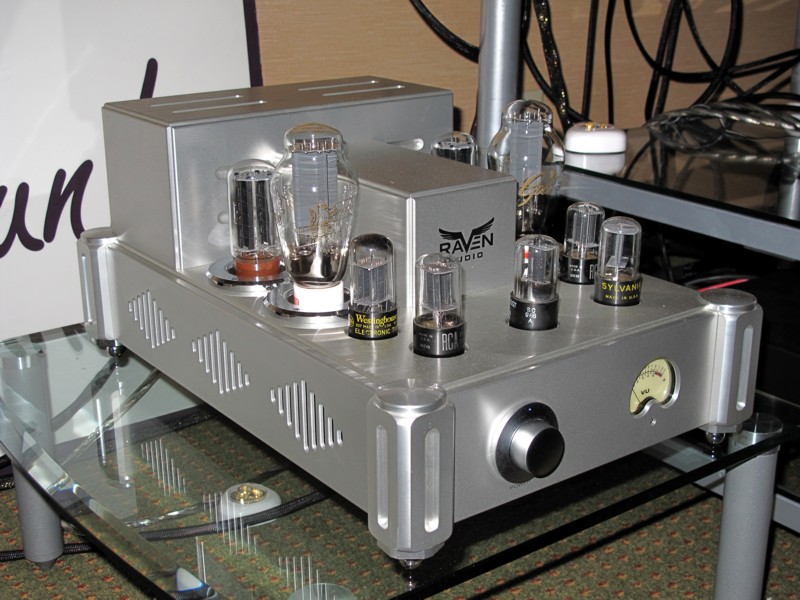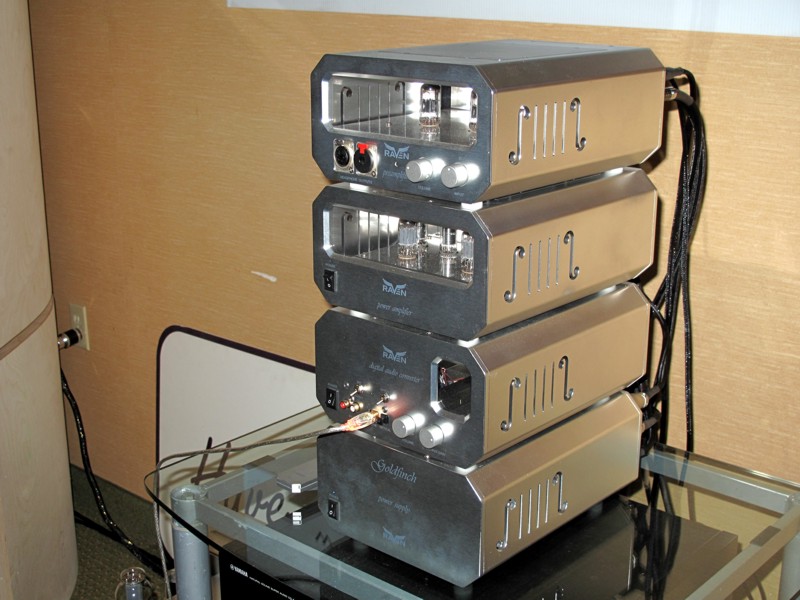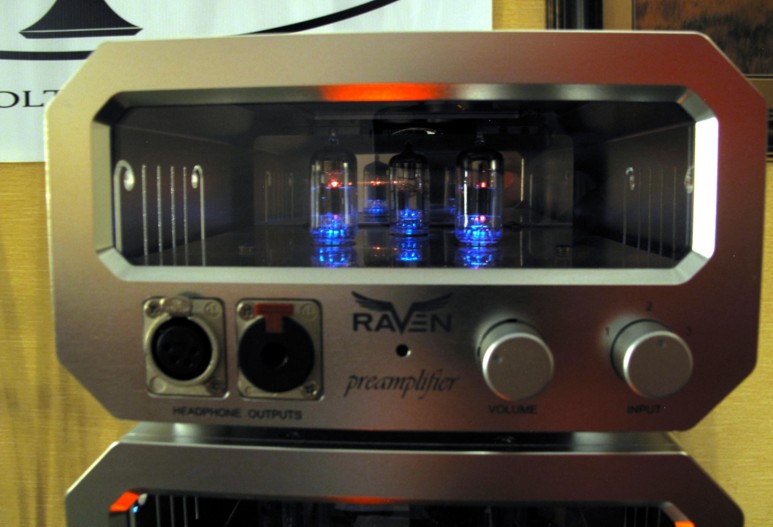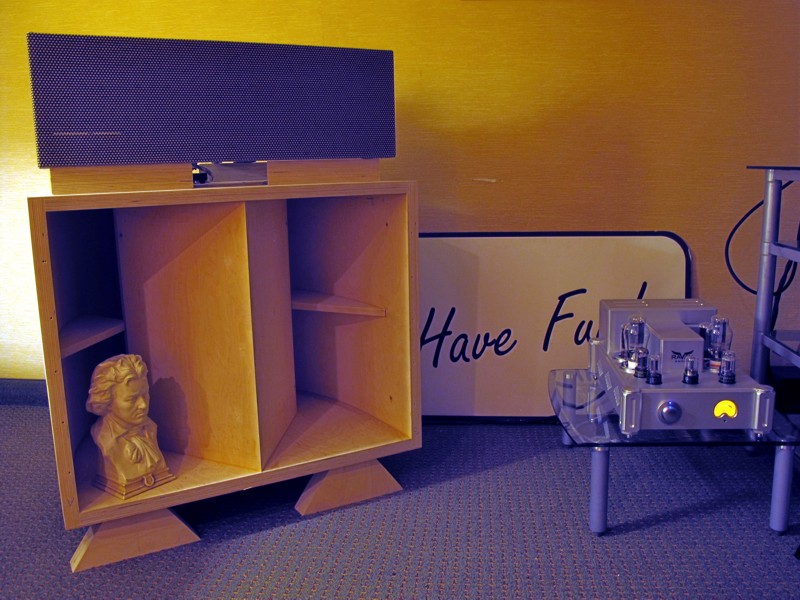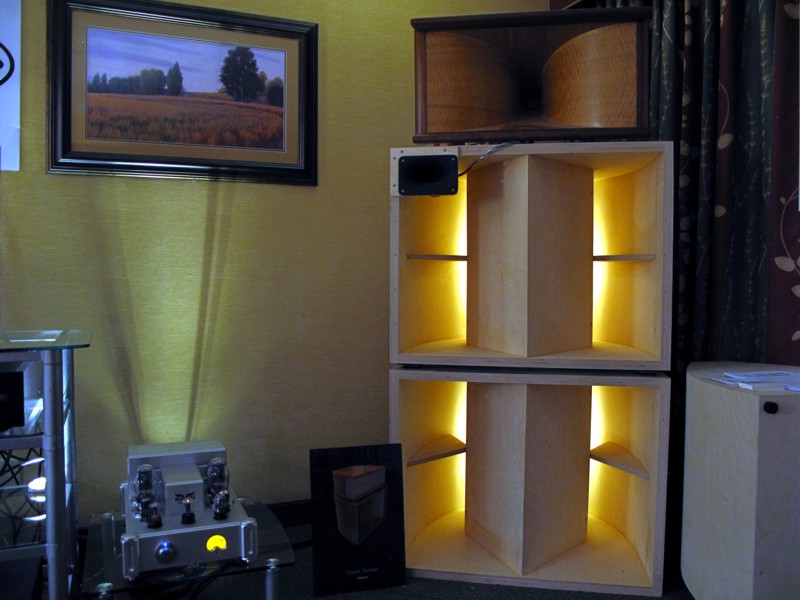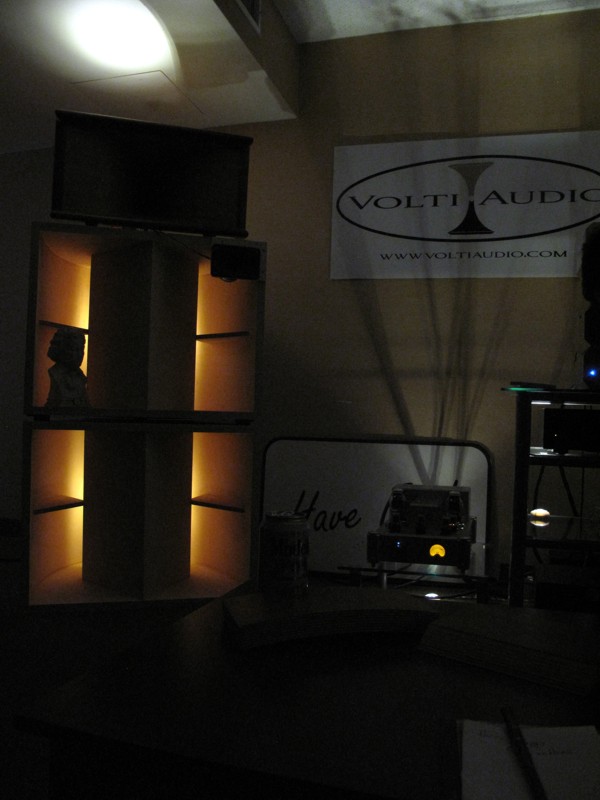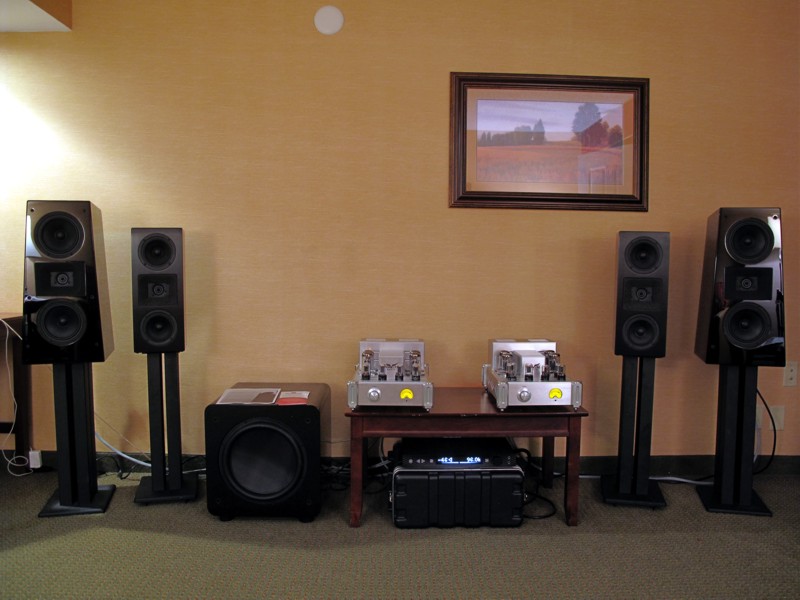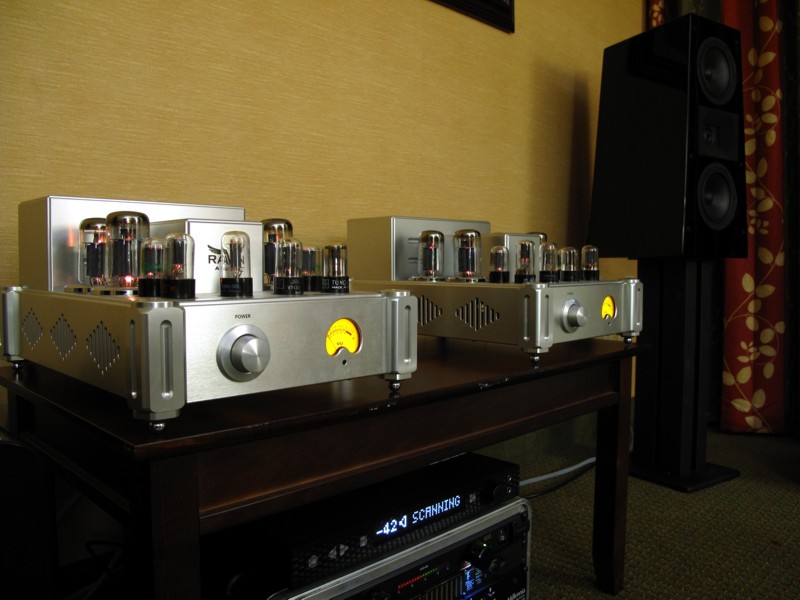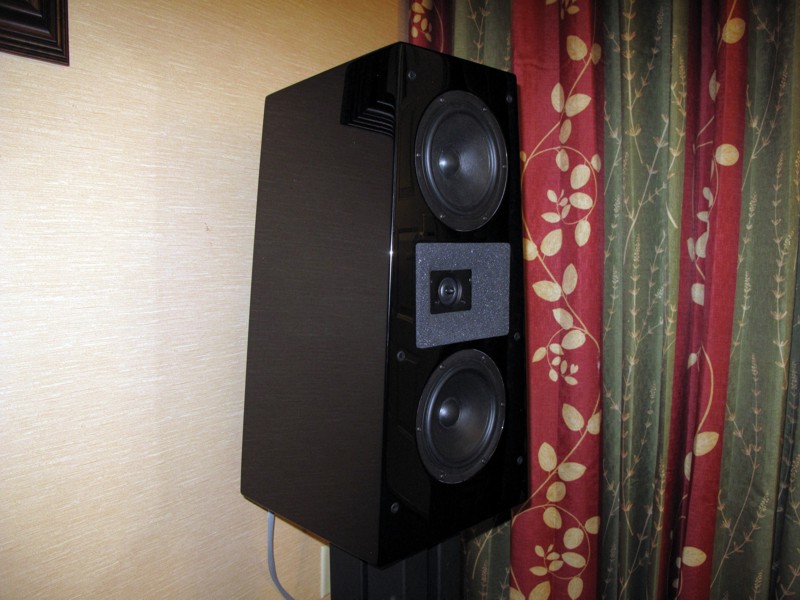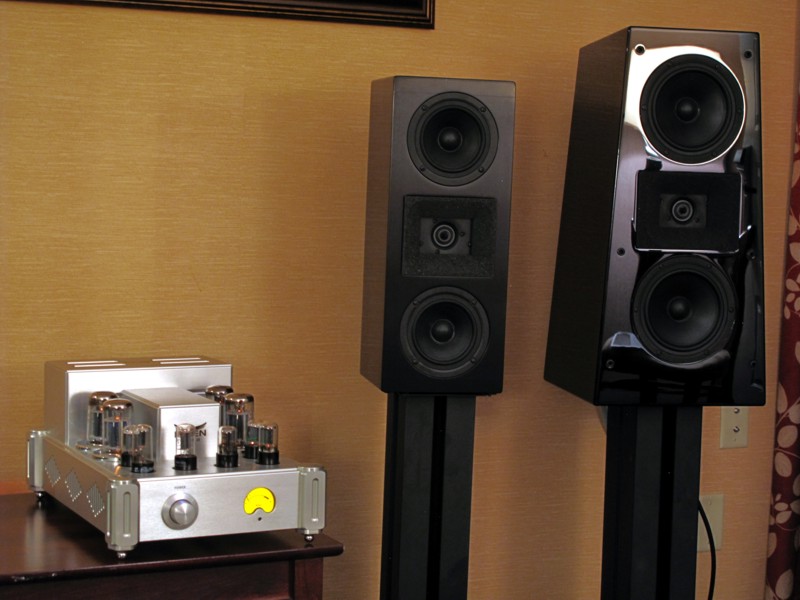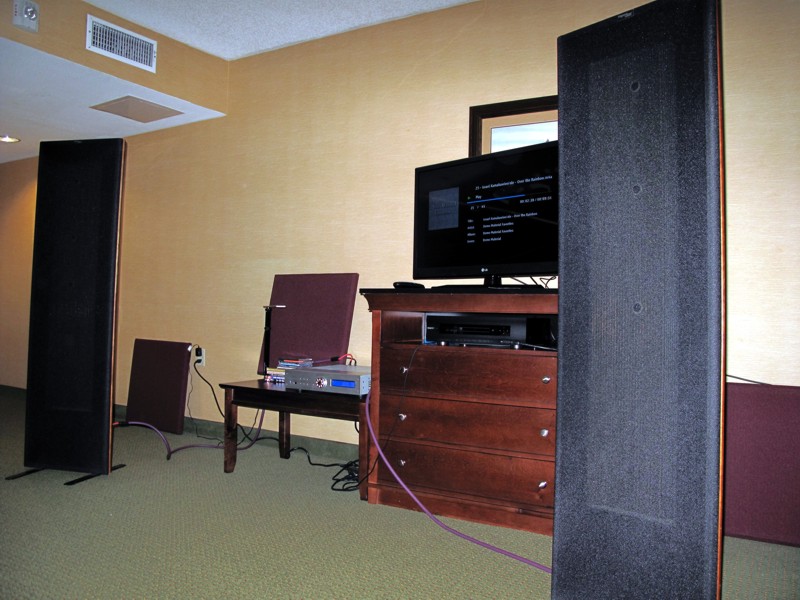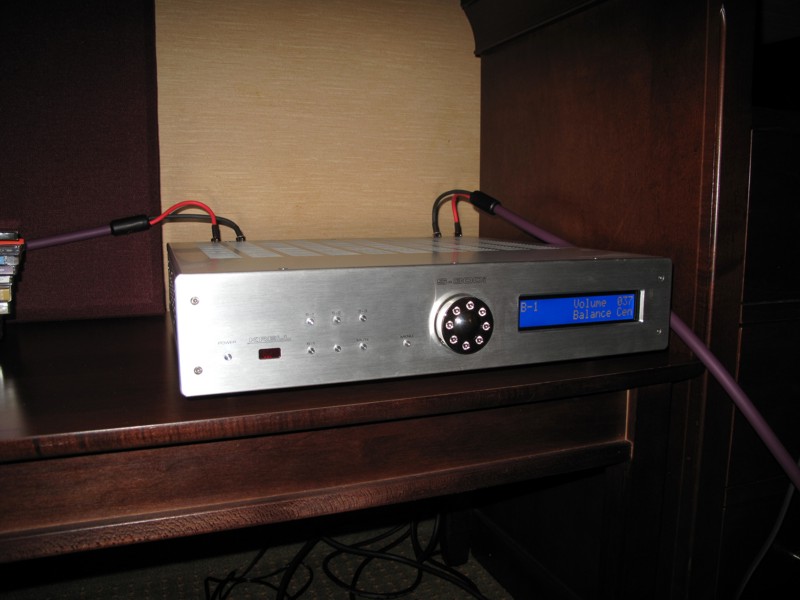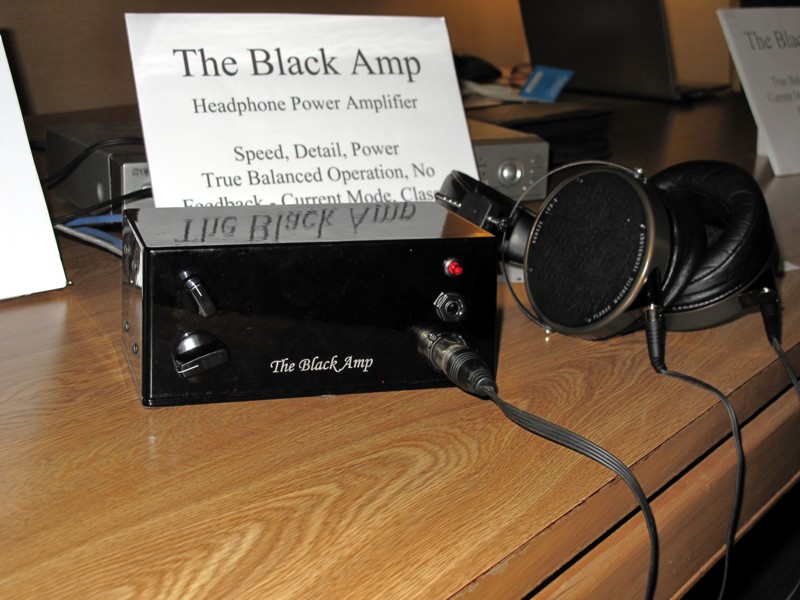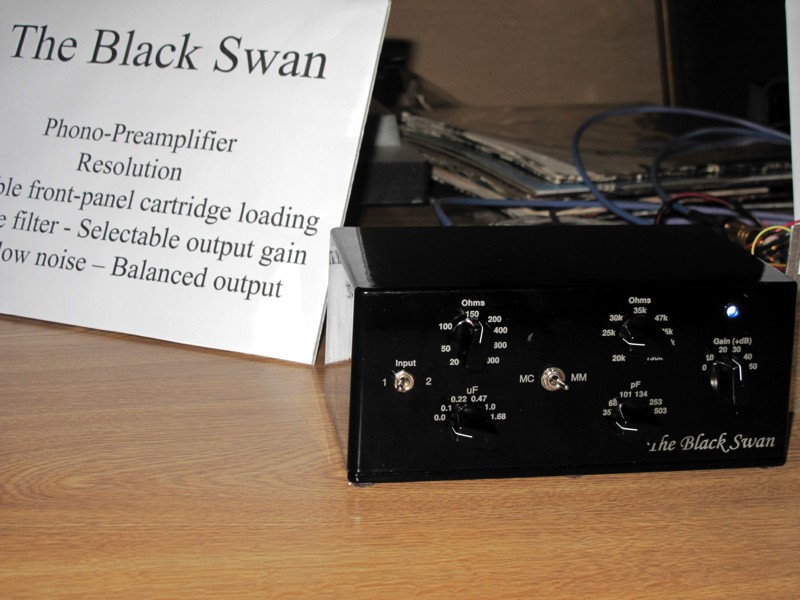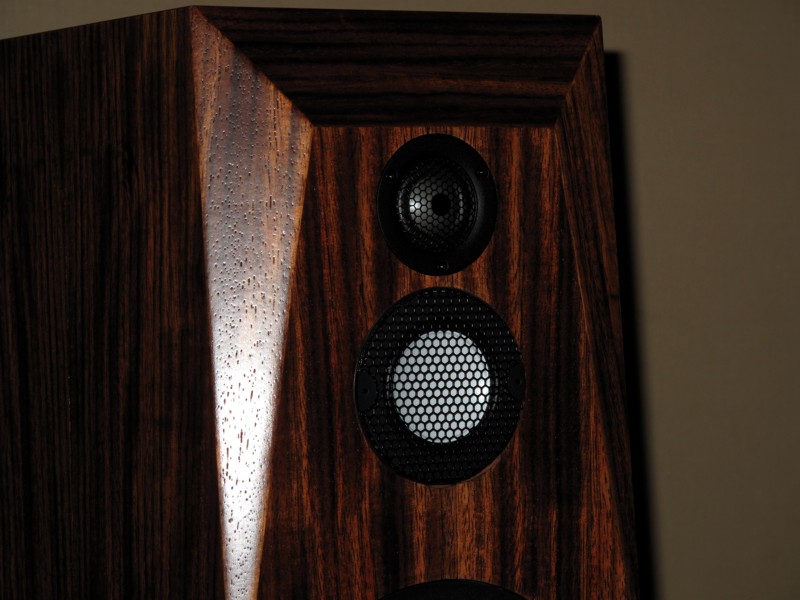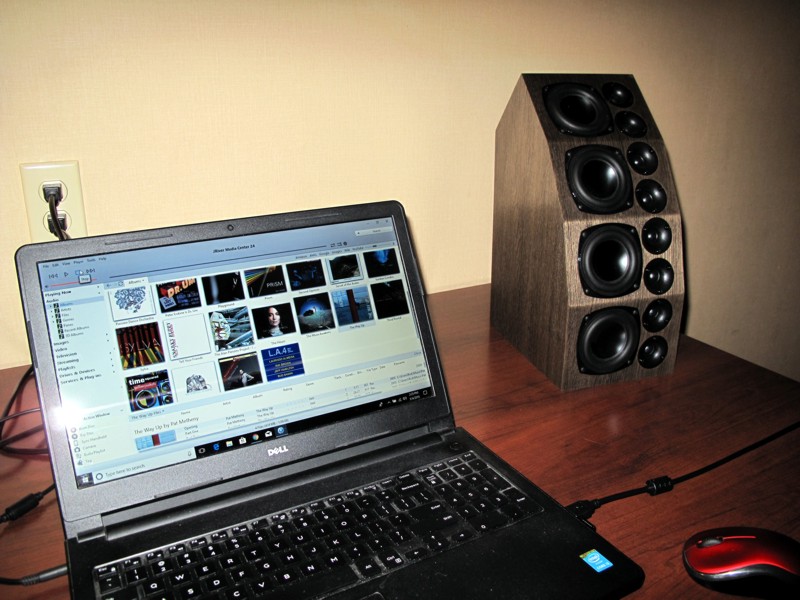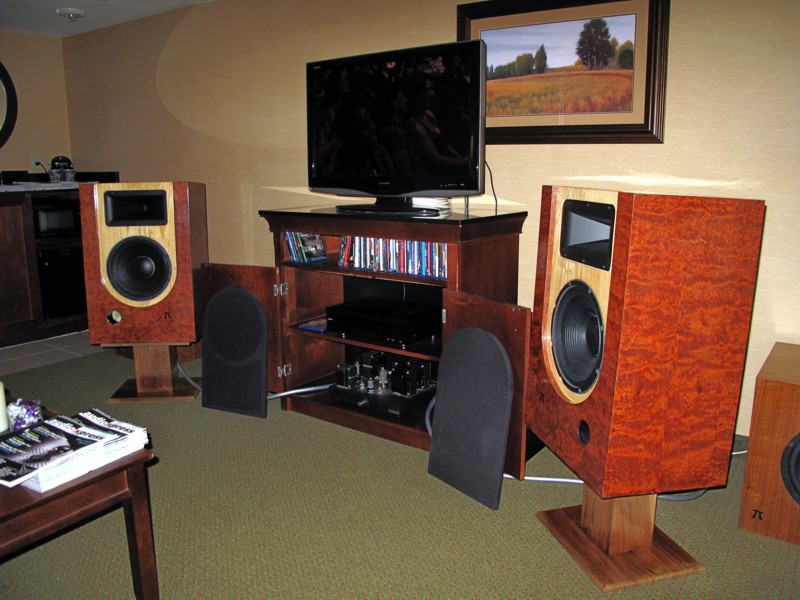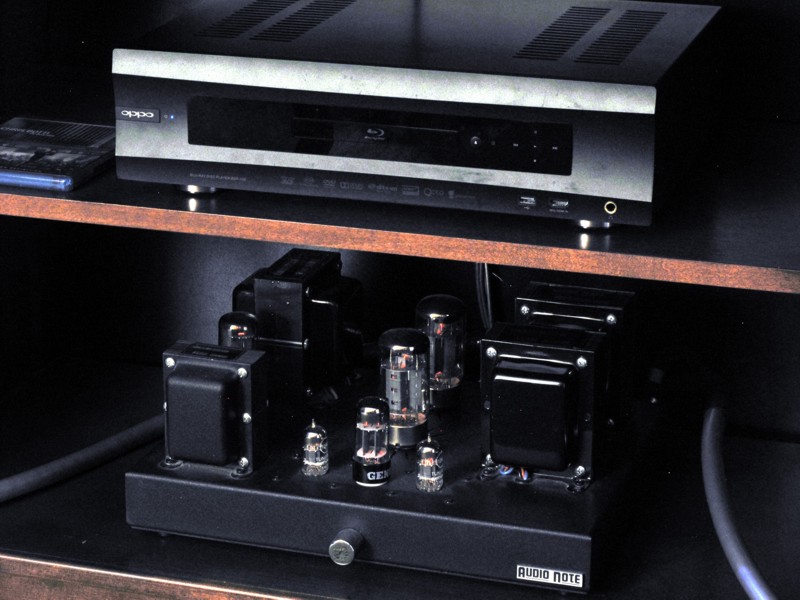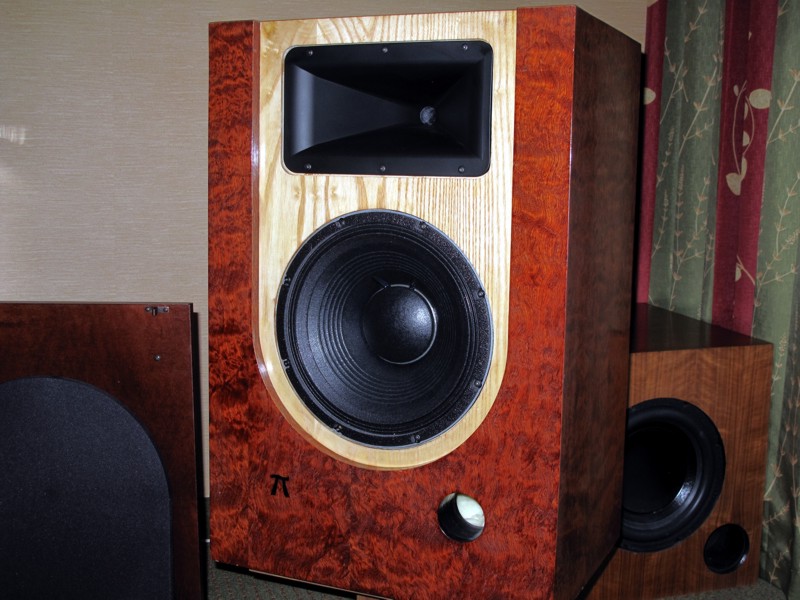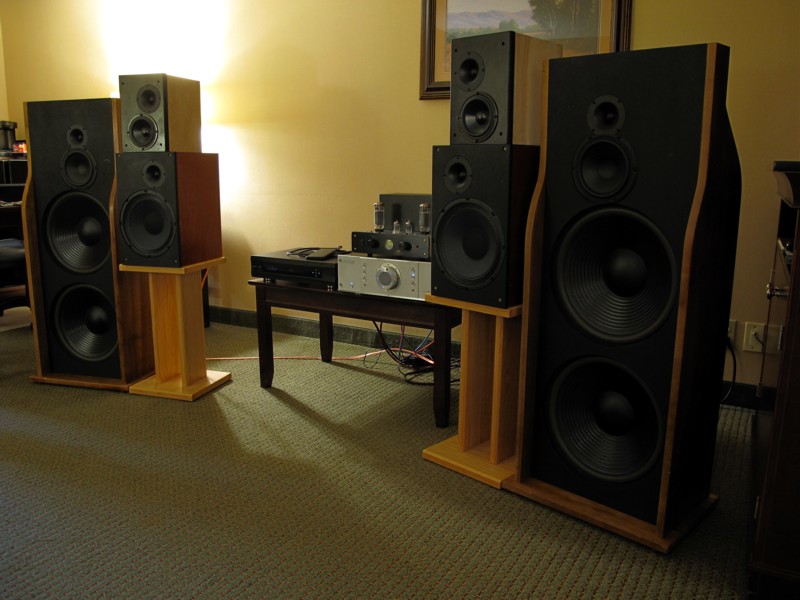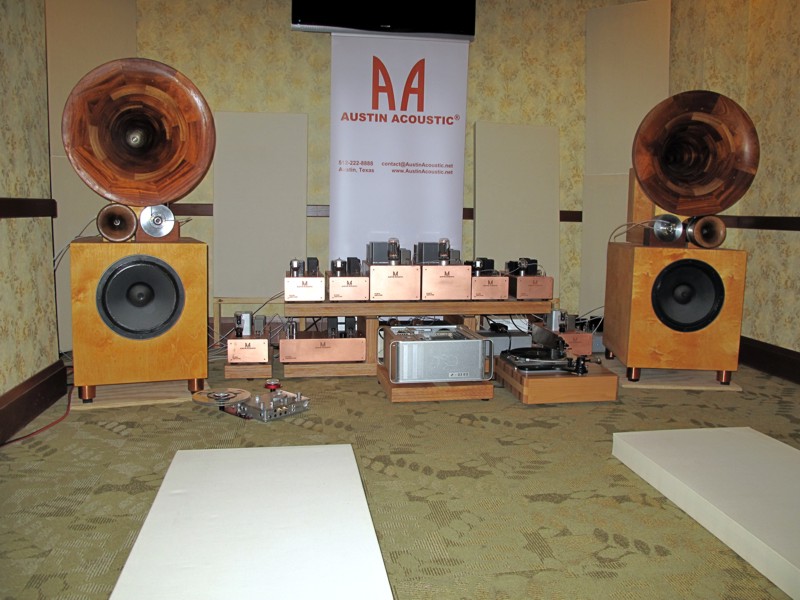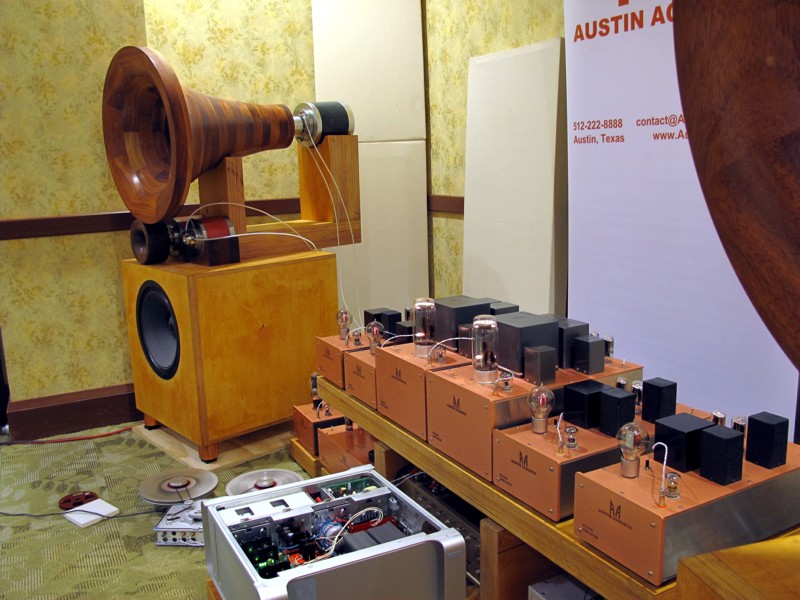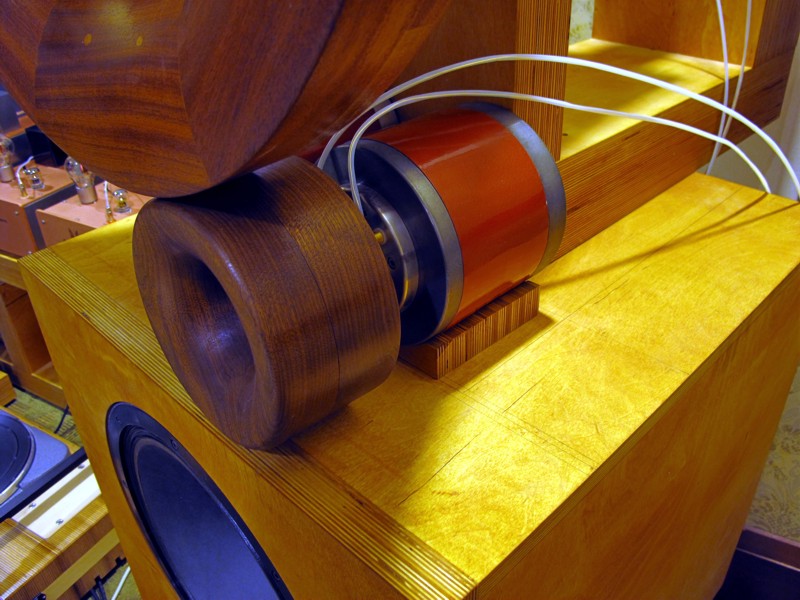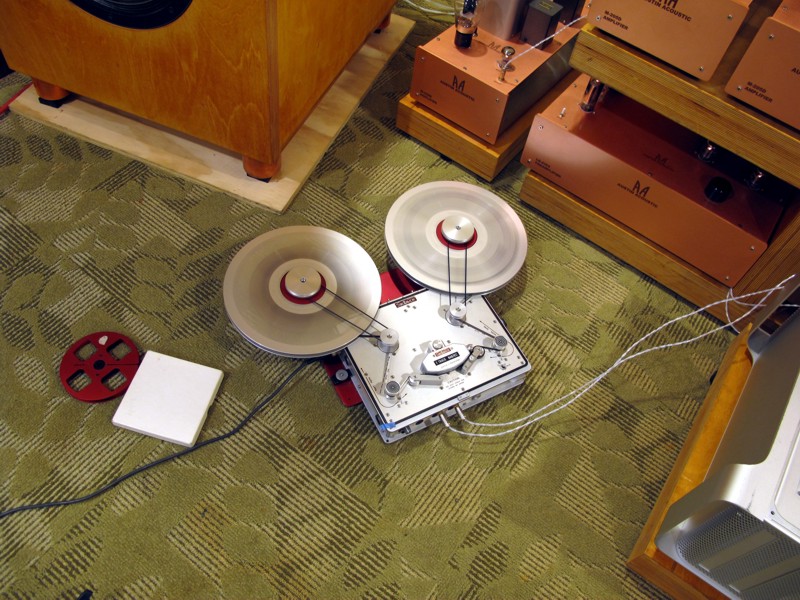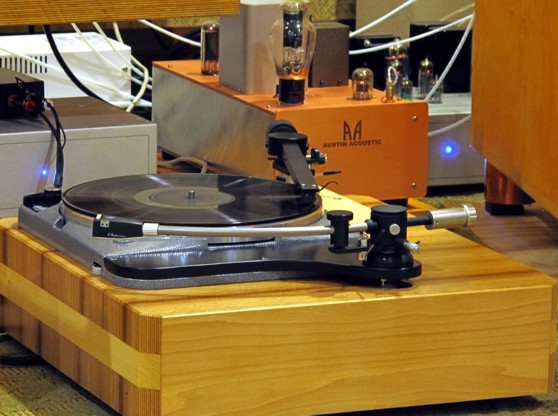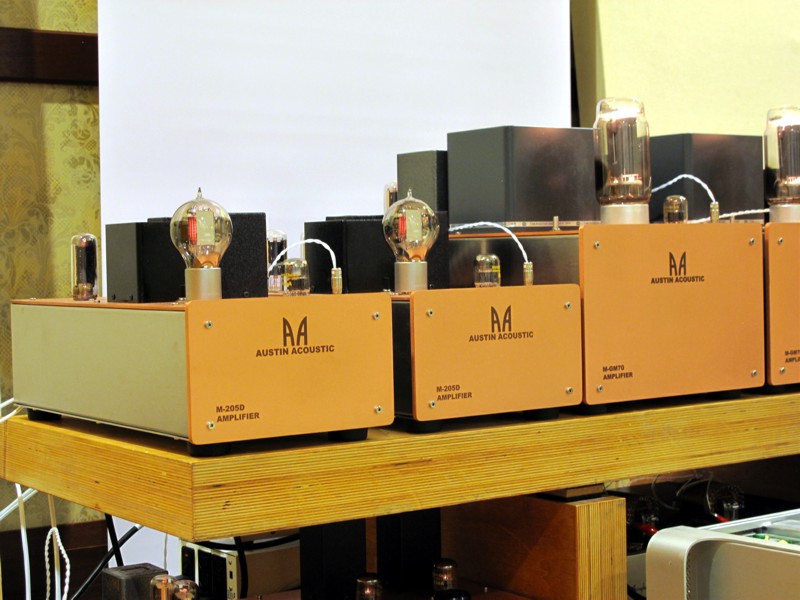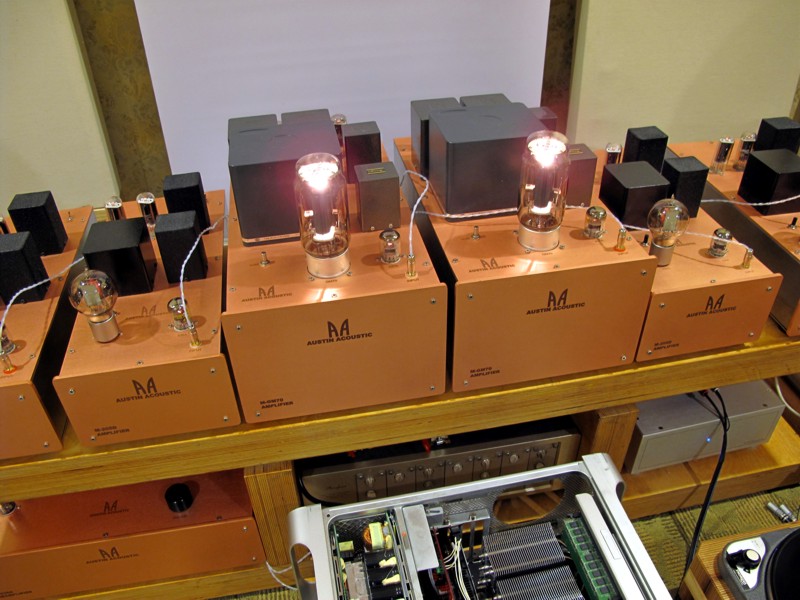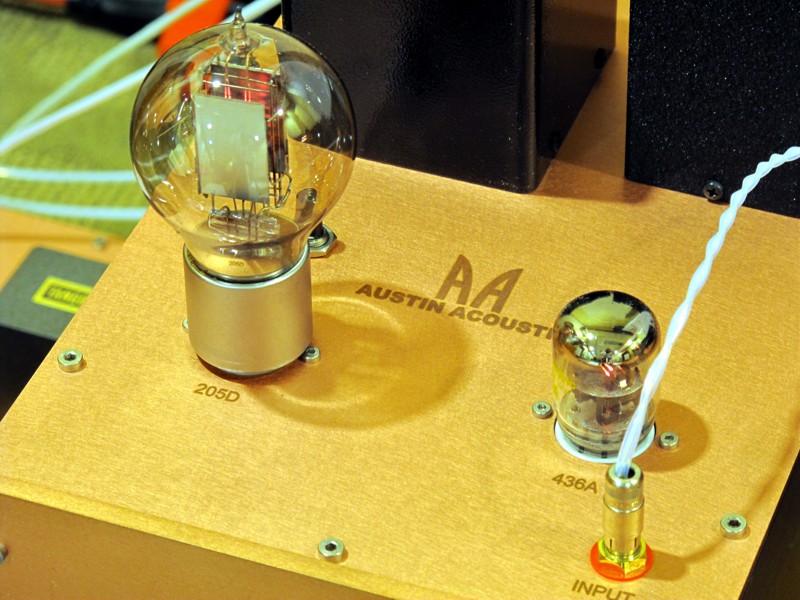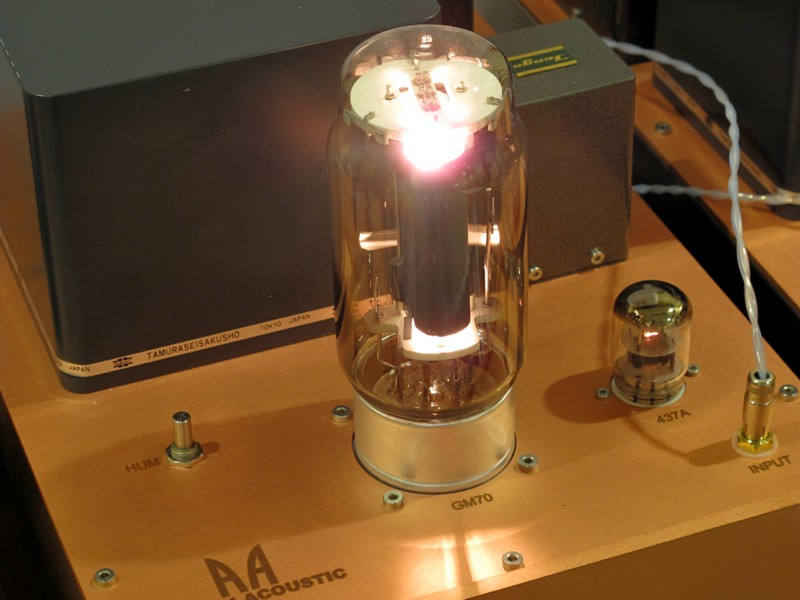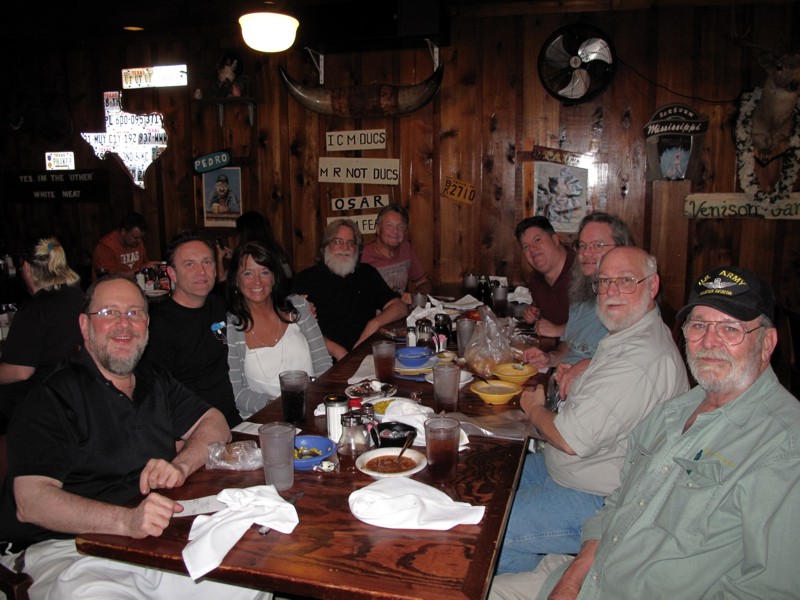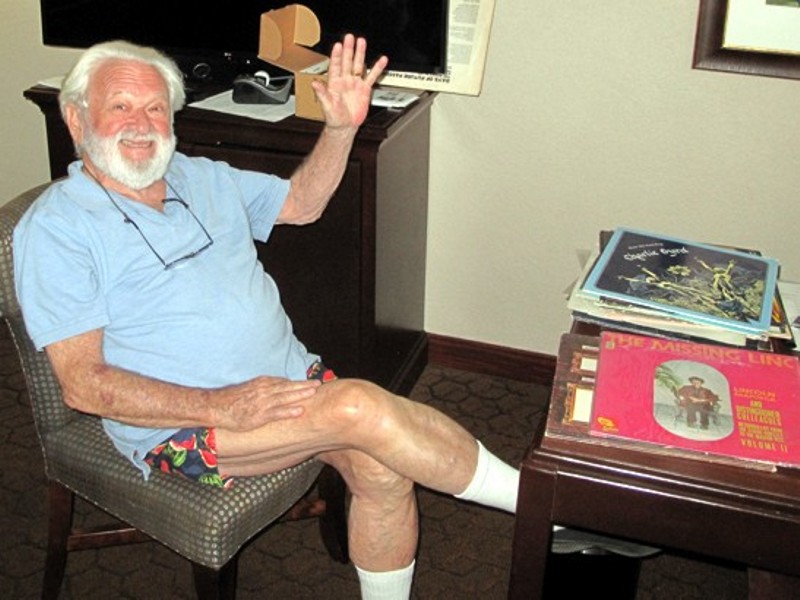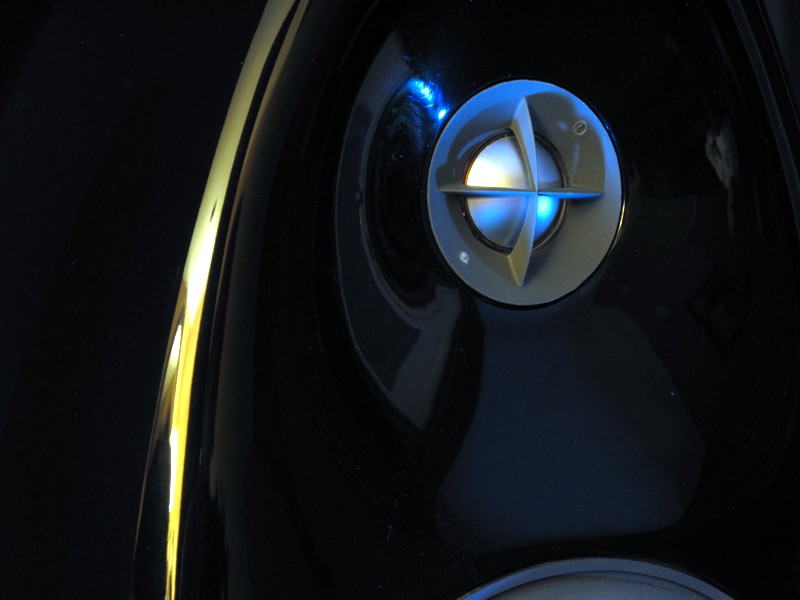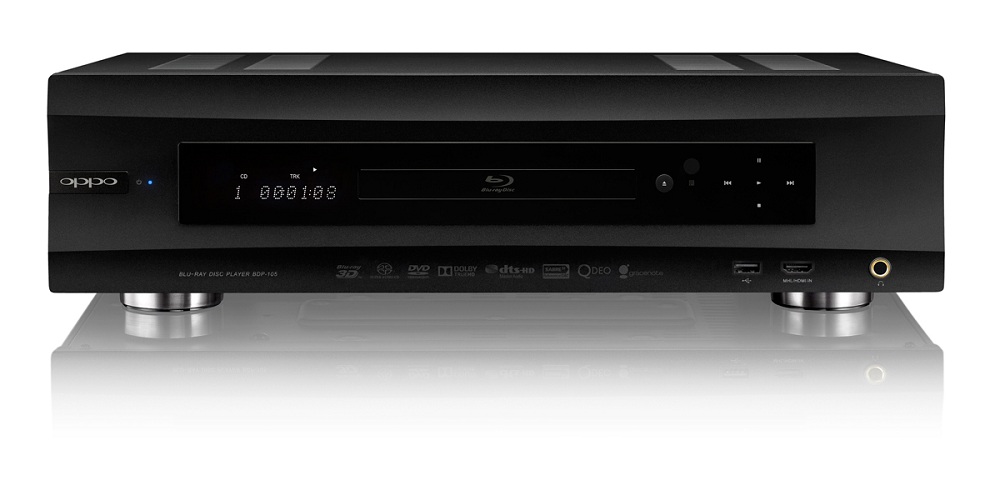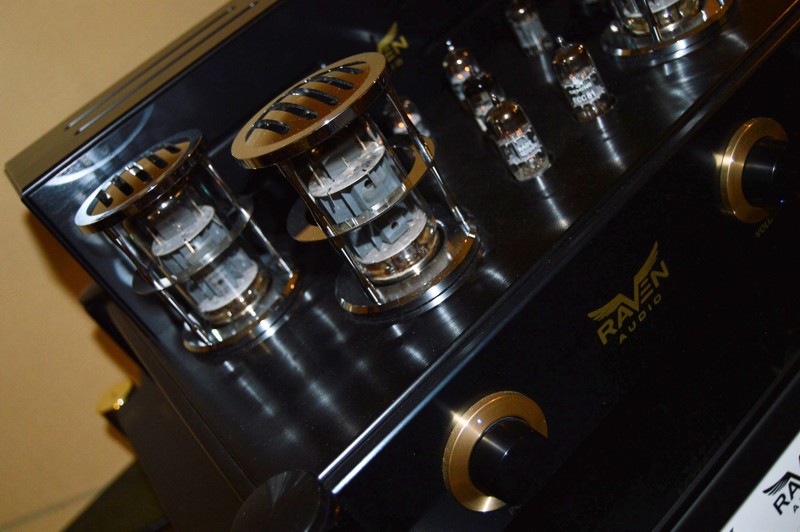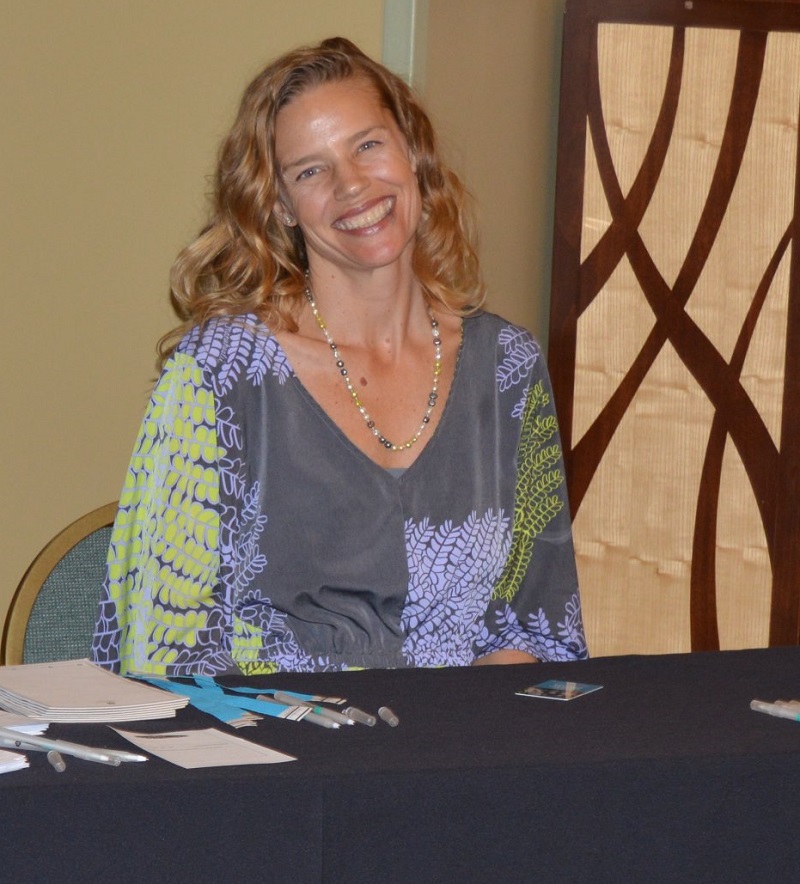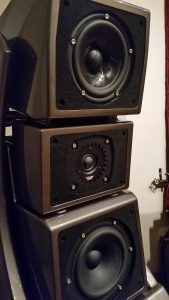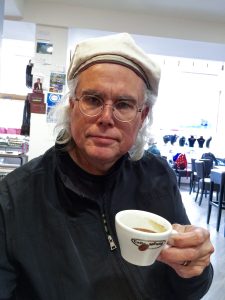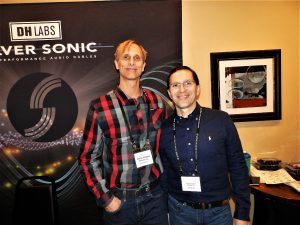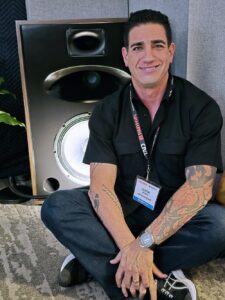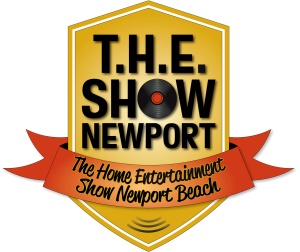Lone Star Audio Fest the high-end audio show held annually for 14 years the first weekend of May in Dallas, Texas was a grand success this year. The ever-present enthusiasm of exhibitors and attendees was enhanced by the upturn in the economy. Veteran exhibitors further dialed in their demo systems and were joined by a strong field of newcomers. Afterwards as I considered all I had heard and seen and report on below it struck me that LSAF has reached the point of representing a wide swath of what high end Hi-Fi is about. From technically rigorous high-tech monitors to horns to panels to headphones the sound signatures ranged from stunningly accurate to lusciously warm and organic. I am very pleased this is attained while the event remains welcoming to startup companies debuting their smart new thing and audiophiles looking for an intensely fun weekend of music and camaraderie.
Another strong takeaway from LSAF 2018 is that Texas and surrounding regions are a growing center for high-end audio manufacturing with the Texas based companies joined by regional exhibitors from Oklahoma, Tennessee, North Carolina, and Arkansas. Attendees had the rare opportunity to compare those offerings to known state of the art pieces from North America, Asia, and Europe.
Before reporting on the show's rooms be informed that your author is also an exhibitor showing the electronics and speakers I design and build as Audio Crafters Guild. This could be counted as a conflict of interest were I one of those sad examples of hi-fi journalists who pretend they can make Nth degree judgements on absolute sound quality under show conditions while reporting demerits like a Pebble Beach Concours d'Elegance judge. In my experience the present state of the art in high-end audio is such that we are choosing among a tantalizing array of good to excellent products by completing a personal matrix of fidelity vs. cost vs. size vs. features vs. finish quality vs. intangibles. My intent in the following paragraphs is to report what I experienced at LSAF 2018 informing readers about options available within our shared passion that is high-end Hi-Fi. The unavoidable conflict that comes with the dual status of exhibitor + reporter is the time crunch you will see shortchanged some exhibitors' coverage. Apologies to them and those I completely missed visiting. And now onto the room reports in the order our rooms were laid out in the hotel.
Stereo Clarity
Steven Solazzo owner of Stereo Clarity (www.StereoClarity.com) is a busy man at Lone Star Audio Fest. He is both the show's manager and an exhibitor.
Already looking to LSAF 2019 Steven has started a LSAF email newsletter. Exhibitors and attendees can follow this link to subscribe for periodic updates.
The Stereo Clarity demo system used the known quantity of Stereo Clarity's OneSource media PC "The Audiophile" with built in power amps driving their Icon Fours tower 3-way speaker system. The Stereo Clarity system can be characterized as simple on the outside complex inside. The Audiophile stores the owner's music collection and accesses streaming services granting immediate access to any song or album while also powering the Icon Fours.
A second example of The Audiophile was on display with its lid off showing the complex technologies in use including low noise cooling. In the system photo Steven had opened a series of images showing an attendee the internal translam construction used to build the Icon Fours. As in previous years the system's sound is very transparent, low distortion, wide bandwidth with the dynamic ease modern drivers can attain when properly implemented.
Asked about the direction he is taking Stereo Clarity Steven first admitted his career in Information Technology and his young family are keeping him very busy precluding becoming the next Focal or JBL. Rather the business model is for Stereo Clarity to push the limits of what is possible to improve the enjoyment of music for listeners. Whether that is better sound from the speakers or an improvement in how content is accessed with a media server. They strive to break down the barriers of what keeps people from really loving what they hear. The focus is solutions for people who need them.
Audio Crafters Guild
As mentioned above this article's author Norman Tracy is the owner and chief designer of Audio Crafters Guild featuring speaker and electronics designs. I find it rewarding designing products at the "affordable but not cheap" price points where a large measure of the high-end Hi-Fi experience can be delivered at the sweet spot of the performance vs. cost curve before the price of admission rises exponentially. As an example of that this years ACG demo system was kept elegantly simple while maintaining the traditional Hi-Fi component system architecture.
The ACG demo system was anchored by the 700 NTJ-FET Analog Signal Processor (ASP) preamplifier using NuTube 6P1+J-FET amplification.
Power amplification via ACG 700 series stereo amp based on hot-rodded ICEpower modules. Those of you who have worked/played on the exhibitor side of the Hi-Fi show circus know how Murphy's Law takes out demo gear. For LSAF 2018 it was the DAC that after arriving in Dallas refused to accept digits via its USB input. So the laptop full of music was set aside in favor of a trusty OPPO BDP-95, these orphans (HERE) continue to deliver the Hi-Fi goods. The credenza style equipment rack is also an ACG design CNC machined from Baltic birch plywood.
Completing the demo system is ACG's new product introduction for LSAF 2018 the NT10 speaker. The NT10 is a nostalgic homage to the monitor speakers of the 70s and 80s, a two way with dome tweeter plus 7-inch woofer in a sealed box enclosure. Inspiration came from the iconic Yamaha NS10 designed by the master Akira Nakamura and my early audiophile years when the market was full of acoustic suspension speakers like the classic Acoustic Research and Advent models. The NT10 keeps the tight low group delay sealed box bass and low loss cloth suspension paper cone woofer of those classic designs. Modern updates bringing the design into the 21st century include a SEAS tweeter with response to 30kHz and Hi-Fi specific components in the crossover. The musical results from this simple design recipe so exceeded my expectations in prototype form that I rushed to pretty them up for a LSAF debut.
JWM Acoustics
In the case of Joshua Miles' JWM Acoustics your author readily admits a bias. I consider Joshua a friend. His speakers, turntables, and system setups always sound amazing. As a Hi-Fi journalist I pride myself as breaking the story of JWM Acoustics when Joshua first showed his designs at LSAF 2015 where I opined that his designs represented "in high-end audio's loudspeaker space The Next Big Thing". Now three years on and despite the sometimes rough seas every small business startup must navigate JWM Acoustics has achieved recognition in the industry, rave reviews, and inclusion on recommended component lists alongside other A-list companies.
LSAF 2018 demo features the JWM Acoustics AML II and the AML IISE speaker systems with amplification by Raven Audio including the Silhouette MK2 Reference Preamplifier driving Shaman MK2 Monoblocks.
Given the heavy emphasis on analog by this turntable manufacturer the demo system begins with the analog front end including JWM Acoustics Karen 12 table, Karen Control motor controller, Ortofon TA-210 12" tonearm, feeding into a BAT phono stage. Digital is catered to by laptop running JRiver into Oppo. Cables are a complete set of Douglas Connection Alpha.
As usual the sound from the JWM Acoustics demo system was magnificent. In the introduction above I describe the arc of sound options among the top-flight direct radiator based systems as ranging from technical to organic. Joshua Miles' work is fully on the organic side of that spectrum. Joshua hits all the audiophile bases of transparency, bandwidth, low noise and distortion; the altogether rarer quality his designs feature is their organic natural wholeness. I could go on with flowery audiophile prose attempting to describe the experience, I believe including the following notes Joshua sent me will better serve both the followers of the art and those considering investing in one of his creations.
Norman,
So, in a long winded nut shell I will repeat something that was overheard in my room at RMAF. I approach the design and build of my instruments as I would a piano. People save for many years to bring a piano into the family. In many cases that piano is handed down from generation to generation. Each one sharing the memories it brought to the previous. In many ways, that piano becomes a member of the family. If I am to build something, much like that piano or one of my paintings, I want it to become part of the family as well. Lasting. Timeless. We have enough disposable electronics in the world and I am seeing that many of the people attracted to my products can appreciate this approach.
On that note, you can also see why I use sustainable solid hardwoods instead of off the shelf veneers and inferior engineered laminated materials. They won't last, nor will the harvested trees used for the bulk of the products on the market. I don't want delve too far into the topic of sustainability, for I'm sure you are already aware of the why and how I do it with leaving the smallest footprint I can. It matters to me.
As for LSAF. This is the perfect place to try out new things and this is why I go each year. For a hundred reasons, I trust the ears of these folks, and the nonjudgmental, honest critiques I receive each year I bring something new. Good, or bad, it is a great way to try out these new creations before going to the bigger shows. This is also a great place to try out new sources. The speakers I build are a great test bed for these sources, for they are extremely true to the source and equipment driving them. They get along with many different amplifiers as well, so LSAF allows me to experiment. (Especially after hours when the wine is flowing!)
Now, what is new?!?! So, you have now heard the AML, AML II and the AML IISE. Yes the SE. The design has not changed from the original AML platform. What has changed are the materials used to create the organic and fluid house sound I crave. The SE uses new sub-baffle materials the drivers are mounted to. After years of playing with different materials, I have chosen to utilize layers of the same material used in the cabinet body including Paulownia and maple. These are separated by thin layers of a resin based fiber material. (We all have secrets) The stability of this component had to be tamed with an all new mounting method for the baffle. When bolted together, all the individual components truly become as one and I cannot stress enough the importance of this design change. The ability for the drivers to do their job in concert with the natural resonance I adore in the woods I choose is outstanding. Furthermore, Owners of the AML II can have their pieces easily upgraded to SE status for a small fee.
Keep it simple: When spending time in the studio and behind the audio desk, I was always turned off by the laser beam "Ear Spank" I was getting from other monitors widely used for these applications. Fatigue is a big issue when sitting behind the board for 8 hours a day. (And in the home) While trying to build a monitor, one must have pin point accuracy for sure, but there is no reason to sacrifice accuracy for the organic way in which we actually hear sound in nature. This is also true for the speed, tonal characteristics and imaging desired by the recording engineer and artists. I achieve all of the above by keeping it simple. While in the design process, I found that trying to achieve these real world characteristics by synthesizing them with complicated crossover electronics and computer generated parameters, I was actually moving further away from the end goal. We don't hear sound like this, so why try to force this on ourselves? The use of natural wave guides for instance. Rather than forcing a driver to create a made up sound field by unnatural means, I prefer to embellish the characteristics that make this happen naturally. For instance, the interaction between the ring radiator, phase plug and wave guide.
I am often asked why I would choose to go this route rather than surface mount the drivers, or simply use horns. Well, the easy answer is efficiency, but this is only a byproduct of what I am trying to do. What I bring to the market in this approach is a more natural depth of field without the stage width collapsing while listening off axis. (Where most people really hear live music) I create an elongated teardrop doughnut shaped void in the dispersion pattern. This void reveals itself from the tip of the phase plug and widens gradually out to roughly 24" from the speaker baffle and centered at 2,400Hz. What happens is spectacular. The ear and brain perceive this void as real world space between the listener and the artist and allows one to hear farther back into the original stage. The listeners focus is less on the radiating surfaces, and more on the actual source and placement of the sound being reproduced on the stage. If ALYSON is used as a near field monitor, one can hear way past the speaker and the engineer is allowed a playground to create the space he desires in the recording. When used in a home listening environment, this same depth is only made deeper and wider. Not only that, but those tonal characteristics, speed, power and organic things we all crave, simply fall into place as a result of this approach! Bonus!
When it comes to time domain and crossover design, I could go on for hours. I will say this: the computer was only used for about 30% of the overall ALYSON design. This includes the hybrid, band pass/transmission line cabinet necessary to achieve the speed and wide frequency response she is capable of. Coherence is so important to my work, so the rest of the design is by ear and intuition. None of this would be possible without the individual components of the design truly working in concert with each other. I am also happy to explain this further, but honestly, I want to know how you feel about it. What the end user gets from my instruments is what it is all about! How can I make these instruments bring Norman closer to the music?
Speaker designers are unique in one particular way from any other designer in the chain. It is a direct reflection of their ear and how they feel your ear should hear the performance. David Hockney's blue is exactly what he sees in the pools he paints. ALYSON is my blue, Mr. Tracy.
Mahalo for all you do for us,
Josh
Lone Star Audio
Jim and Debbie Hench are welcomed as first time exhibitors despite the potential for a bit of confusion. The name of their Lakeway Texas high-end audio dealership Lone Star Audio (lonestaraudiotx.com) shares three-quarters of the event's name. The tiny extra effort to keep the names straight is certainly worth the effort given the state of the art system they assembled as a treat for show goers. Magico A3 speakers, JL Audio E110 subwoofers, T+A PA 3100 HV integrated amp, Aurender A10 Server/Streamer/DAC, MIT power, speaker and IC cables, Synergistic Research PowerCell 12 UEF SE, Tranquility Base and acoustic treatments, and a Bel Canto PL1 universal disc player.
My audition did not include the subwoofers just the A3s. Show attendees with better timing were treated to a presentation by a representative from JL Audio on the use of subwoofers in high-end audio stereo installations.
The Magico only demo on Sunday was basically welcome to the audio analog of the Star Trek Holodeck. Big. 3D. Vistavision for sound. Superbly delineated imaging, each musician inhabits their own space. On my Thelonous Monk demo track piano reproduction was uniquely real and present with weight and dynamics. So clean, so dynamic, so powerful, and capable of exquisite nuance. The Magico A3 speakers and T+A PA 3100 HV integrated amp make great music together, undoubtedly helped by Jim's meticulous attention to the setup details.
Audio Thesis Room 1 featuring Sonner Audio
Gunawan 'Gunny' Surya in partnership with his dealer Derek Skipworth's Audio Thesis demonstrated Sonner Audio Speakers (www.SonnerAudio.com) featuring all three models in the Legato series, Duo, Semis, and Unum.
The Legato series' design and build quality impressed. An interesting and unique feature of the Sonner Audio speakers is the magnetically attached trim panels surrounding the drivers. The acoustic effects of these are accounted for in the systems' design and they offer a unique design element. Standard delivery has them covered in leather but customizing is an option. For LSAF Gunny showed one covered in the names of Texas cities (smart move given Texan's love of their state) and for a more musical option another featuring the names of Rock ‘n Roll legends in a variety of type faces demonstrating the brand's good graphic design chops.
The demo system used the Sonner Audio Legato Semis, North Star Design Supremo DAC, and MasterSound 845 Compact Integrated Amp. The resulting reproduction was observed to be very clean and transparent with surprising bass fullness and dynamic capabilities. Good transparency at low levels, whip-crack fast transients. Like an electrostatic with more horse power and excellent imaging. That a reasonably sized monitor can offer such dynamics and power is very impressive.
This year Derek Skipworth's discovery is the MasterSound electronics from Italy with Audio Thesis now the USA distributor. Note that the MasterSound 845 Compact used in the demo system features the 845 bright emitter triode as its output devices. The Italians seem to be experts in using this big bruiser of a triode to excellent effect and it certainly made its muscular presence known driving the Sonner Audio demo system. Of course in high-end Hi-Fi nothing good happens unless the source component has the right stuff (RIP Tom Wolfe) and the North Star Design Supremo DAC certainly does returning to LSAF and delivering in the Audio Thesis demo systems.
Audio Thesis Room 2
Derek's next Audio Thesis (www.audiothesis.com) room is once again anchored by one of his favorites, the Rosso Fiorentino Elba Speakers.
Continuing the Italian theme of the system was the MasterSound BoX class-A tube integrated and North Star Design Intenso DAC. Americans and South Koreans round out the system with Wireworld cables and Auralic Aries streamer. When I describe this system as "entry to mid level High-End" in some (ill-informed and/or snobbish) quarters that will be considered damning with faint praise. Attendees to LSAF 2018 who auditioned room 206 know nothing could be further from the truth. Hearing the exquisite musical reproduction this system is capable of while looking at that nobody does it like the Italians styling all for the price of a well used Honda Accord the praise is anything but faint. This is a system to buy, give it pride of place in your home, call the audiophile quest done and enjoy the music for many years to come.
Derek Skipworth's statement system from Audio Thesis at LSAF 2018 was anchored by Rosso Fiorentino Siena Speakers, MasterSound Parallel Single Ended Evolution 845 amplifier, North Star Design Venti DAC (celebrating North Star's 20-year anniversary) and Auralic Aries streamer. Vital supporting elements include cabling by Wireworld including the Silver Eclipse interconnects and Equinox 8 speaker cables along with the Platinum Starlight USB. Derek was very enthusiastic to also be using the new addition for Audio Thesis the Star Sound Technologies Sistrum Rhythm rack system.
When the power and bandwidth of this system confronted Derek's high standards and the hotel's acoustics at first all did not go well. The large first floor conference room looked appropriate for a system based on Rosso Fiorentino's flagship series speakers. Alas the room's standing waves did not agree leading Derek to move to a second floor conference room. It was in this second floor location I auditioned the system.
Rosso Fiorentino's Siena are technically advanced speakers delivering a very high-end sound featuring transparency, wide dynamics and frequency bandwidth along with natural musical textures and tonal quality. Combined with the quad of 845 triodes in the MasterSound amp the bass could be used to jackhammer a sidewalk if you are listening to techno. On more melodic swinging fare the Siena's sealed box bass will make Stanley Clarke your new best friend. Cue up symphonic music and the chameleon changes colors to the lush hues of burnished string tones. More jazz and we're all jumping and jiving. Ravishing natural transparent vocals and the most delicate of filigreed high frequencies were present and accounted for. As is becoming typical among state-of-the-art systems all this is done with assurance, ease, and no sense of strain. The Siena demonstrated it is among the top level state-of-the-art speakers available, something of an overlooked gem that is fully competitive with the better known top rank options. Of course what I experienced and am describing is the Rosso Fiorentino, MasterSound, North Star Design, Auralic, Star Sound and Wireworld system expertly curated by Derek Skipworth. What impressed about that system was its balance between lush emotional musicality and technical exactitude wrapped up in that special quality that is Italian design.
Russ Gates' BlowTorch Audio
Russ Gates is apparently something of an audio design polymath. His BlowTorch Audio tube friendly unusually powerful sounding speakers are joined this year by an intriguing line of tube amplifiers. The sound was very promising when I dropped in to take pictures. A more extended audition was thwarted, when I returned on Sunday for another listen I was disappointed to discover Russ had not stayed for the final day of the show. Nevertheless BlowTorch Audio is certainly a space to watch for those into over performing tube based Hi-Fi.
Brown Audio Labs
Denny Brown's Brown Audio Labs (www.brownaudiolabs.com) is another Texas based manufacturer of tube audio equipment. For Denny's LSAF debut his system included a Project RPM table with Sumiko Pearl Cartridge for analog source and digital courtesy a Raspberry Pi based server.
Keeping with the tube theme the classic Dynaco ST70 drove a pair of Brown Audio Labs speakers featuring ribbon tweeters and transmission line bass.
The star of the room was the Brown Audio Labs SP-1B pre-amp. Looking at and then listening to the SP-1B the adjective that springs to mind is ‘classic'. The styling, feature set including phono stage, and sound are classic second wave minimalist school high-end.
The layout and execution of Denny's preamp spoke to me as being elegant and correct. At the reasonable asking price the SP-1B is a very high value piece. The warm rich sound of Denny's system was a reminder of why basing a high-end system on tube electronics remains so popular. While the SP-1B is certainly the star the speakers are also quite nice, something about transmission line bass and the way it combines bass depth with critical damping is very attractive.
Darryl Gaston music and Hi-Fi enthusiast par excellent
Thanks to the reasonable cost to exhibit at LSAF it is a very attractive event for dedicated audiophiles who enjoy spending a long weekend showing off their systems and enjoying music and camaraderie with like-minded enthusiasts. Darryl is a regular attendee and this year he outfited his room with his personal system featuring recent upgrades including Modwright amplification and Usher Speakers. The result is the win-win of LSAF, Darryl catches up with his Texas audio friends and attendees have another very well sorted system to hear.
Uilleam Audio
With Uilleam Audio Michael Lundy's purpose is to offer state of the art speaker performance at prices more people can afford. He does not design speakers rather his expertise is woodworking. In keeping with those strengths, he builds and custom finishes speakers that have been designed by experts who offer their products to the public as plans and/or parts kits. This allows Michael's customers to have truly high performing speakers at a fraction of the typical cost. Many people do not have the tools, skills, or time to build and finish furniture quality speaker cabinets and build out crossover networks. This is the niche Uilleam Audio aims to fill by providing quality, hand built speakers with custom finish options matching their client's preferences and budget. Uilleam Audio offers a range of quality speaker solutions including desktop, bookshelf, stand mounted, floor standing, full range and subwoofers.
Michael's Uilleam Audio demo system featured GR-Research open baffle speakers, PS Audio Stellar DAC/pre-amp, PrimaLuna ProLogue Four tube or PS Audio Stellar S300 solid-state power amps (Rythmik Audio DirectServo amplification on bass), OPPO105D transport, Windows based music server, PI Audio Group Uber Buss power conditioner, and Solid Steel equipment rack.
Michael and your author live in adjacent towns in northeast Oklahoma and our friendship has progressed to the point this year we traveled together to LSAF as Mike let me and my ACG demo system hitch a ride in his truck and trailer rig. Sharing the loading into the hotel and setup work upon our arrival I had a front row look at the challenges Michael faced getting the GR-Research open baffle dipole speakers his system is based on working to the desired level of performance. At last year's show Michael had the system dialed in to the Nth degree only to find that for 2018 he was assigned a different room with different dimensions. Open baffle dipole speakers have many features to recommend them however they can be divas when it comes to how they interact with the room in which they play. Michael's 2018 LSAF suite had a smaller front room necessitating close up near field listening position. Michael spent the hours before the show opened experimenting with positioning the dipoles optimizing bass, octave to octave balance and imaging. By the opening of the show he was 90% happy with the hotel room performance vs. what he knows the system is capable of. Then in one of those audio show moments of serendipity a show attendee suggest the final tweak of rotating the speakers at what looks like a radical 45 degree crossfire configuration. Shazam and the system popped into that final critical focus state.
Michael's server and electronics feeding the GR-Research dipole speakers demonstrate he and Danny Richie's GR Research have achieved the goal of state of the art speaker performance at affordable prices. From the deep and wide-ranging selection of music on the server and attendee's selections nothing thrown at it tripped up this system. Dipole architecture loaded with ribbon tweeters in wave guides, generously sized high tech midranges and big servo controlled woofers all bi-amped with crossovers by a leading industry expert delivers the goods. The dynamic ease bi-amping brings and openness that dipoles' specialize in makes quite the sonic treat. I also appreciated how this system can have such a wide bandwidth and be so transparent while sounding more like music and less like high-technology.
Suppra Audio
Scott Warren's Suppra Audio (www.SupraHifi.com) demoed YG Acoustics Carmel 2 loudspeakers driven by a Gryphon Diablo 300 amp with the onboard DAC option fed from a Laptop running JRiver.
The Suppra Audio demo system was another superb example of a high horsepower system that can slam you around with dynamics and bandwidth while simultaneously demonstrating extreme refinement. It seems these extremely stiff metal enclosure speakers in regards to bass depth and slam sound like they are 30% larger conventional boxes.
After reading about Gryphon electronics for years in the European press it was a real treat to finally hear them and the Diablo 300 did not disappoint. Scott treated me to the last demo before breaking the system down on Sunday afternoon therefore it was a bit short, alas never enough hours at LSAF. Even with just a couple of songs it was apparent this system possessed a breath and depth of capabilities undreamed of when I got into the Hi-Fi obsession. Factor in the living space friendly sizes of the speakers and single box electronics solution and it was all the more impressive.
VanZyl Audio
Johan VanZyl returned with his VanZyl Audio 1812 Backfire Horn Speakers driven first with classic restored Leak amp and later with Raven Audio Spirit 300B Reference monoblock amps, a ‘golden age of overbuilt Japanese CD players' Sony CDP-557ESD as source. The photos show the Leak amp, when I returned for a serious listen the Raven Audio amps had been installed and the system was singing.
Before we started listening Johan told me that shortly before the show he had been inspired to make a couple of modifications to the full range driver that is the heart of the 1812 Backfire that he was anxious for me to hear. Typical of the designers who show at LSAF a system I regarded as complete he continually strives to move ever closer to their vision.
My first impression of Johan's 1812 Backfire speaker is always "no other bass is like horn bass". More specifically what I mean is no other Hi-Fi reproduction of the bass from musical instruments is a closer virtual reality recreation of the real thing than what one hears from horn loaded bass drivers. With the Raven Audio Spirit 300B amps the demo favorite Bell Fleck's "Flight of the Cosmic Hippo" growled and roared with even more definition compared to last year when they sounded state-of-the-art using the Leak amp. This track features very deep synthesizer enhanced bass and demonstrate how the 1812 Backfire uses the rear exit of its horns to effectively couple to and use the room's walls to extend the horn's mouth and resulting cutoff frequency. The result is bass with the depth we normally associate with large subwoofer arrays with the speed and snap and ease horns bring to the party. Next for a more traditional jazz standard I asked to hear my Thelonious Monk compilation CD. The 1812 Backfire features the uncommon architecture of a single full range driver playing most of the music with its back wave horn loaded bass filling in the bottom. Answering the question "can the direct radiator midrange + treble driver keep up with the horn" Monk's piano and the backing players were presented as a unified whole in a mapped out soundstage of the combo playing with Monk. Full range seamless coherence plus dynamics plus deep, tight dynamic bass. My final demo tracks came from Johan's CD Simply The Best Classical Anthems. There is a confident speaker designer who throws at his speakers the full size romantic era classical orchestra on many tracks joined by large choirs and even pipe organ. The 1812 Backfires and Spirit 300B Reference amps took to this sonic onslaught like kittens to cream. The inner detailing of instruments is maintained during complex passages. Vocal and string harmonics are lush and rich just everything you could want. On large romantic classical works this system is stunning in its power and emotional weight. Too often speakers that chase the grail of ultimate coherence promised by the single full range driver ideal sound great with small groups playing simple sparse music only to fall apart when challenged by complex compositions played by large groups. Johan VanZyl's years of development work on the 1812 Backfire has delivered the coherence promise in a system that thrives on massive orchestral and big band music.
Douglas Connection
Proud retired US Army Air Corp pilot Doug Ashworth's business Douglas Connection Cables is another Texas based high-end audio business that frequents LSAF. Doug specializes in audio cables, accessories, and DIY supplies.
Doug based his demo system around the HRT Music Streamer HD DAC as source into Raven Audio electronics this year powering Tekton Design Double Impact speakers. Of course all the cables in the demo system were Douglas Connection's top of the line Alpha series.
A Solidsteel equipment rack was used as Doug has added the Solidsteel line to the accessories he offers. I was already a fan of Solidsteel's products using their speaker stands for my monitors. My opinion of their quality was enhanced by helping assemble the Solidsteel rack Michael Lundy used for his Uilleam Audio demo system. The chronic time shortage I suffered under at LSAF 2018 precluded critical auditioning of the Douglas Connection Cables' demo system, regrets I missed hearing the Tekton Design speakers given the traction they are gaining in the marketplace. I did spend more enjoyable hours again listening to Douglas Connection Alpha cables thanks to their use in the state of the art systems in the Raven Audio and JWM Acoustics rooms.
Raven Audio
Dave Thomson's Raven Audio tube electronics were used to sublime effect in his and other rooms throughout LSAF.
His generosity with Raven Audio loaners for other exhibitors results in the opportunity at LSAF to hear them in use over a diverse range of systems from high tech monitors, full range towers, and onto horns. The constant one observes is regardless of system type or if the Raven Audio electronics come from their Elite, Avian, or Goldfinch series the result is state of the art. Raven Audio's take on "state of the art" is a house sound that while extremely wide band, dynamic, and transparent never suffers the over etched, hyper-real, and neon tinged excess some brands fall into. In other words Raven Audio achieves that often pursued goal of combining the rich tonality tubes are known for with transparency, power, and bandwidth.
For LSAF 2018 Dave Thomson's setup his demo system reprises the winning combination of Raven Audio Shaman MK2 Monoblocks powering Legacy Audio Focus SE speakers. Cabling continues with the Douglas Connection Alpha 11 Power Cables, Alpha 12 Speaker Cables, with Alpha Balanced and Alpha RCA Interconnect cables. Analog source was the JWM Acoustics Karen turntable in stunning blue with phono pre-amplification via the Silhouette MK2 Reference Preamplifier. Digital source and room correction is provided via Legacy Audio's Wavelet.
As I wrote last year about this system the Wavelet processing allows such a large and powerful system to work well beyond our normal expectations for what is possible in the relatively small hotel room. It is one of those sounds into which the listener immediately relaxes as the music is presented first with the Hi-Fi second servicing the musical arts. Of course we are at LSAF in large part for the Hi-Fi so we do note when the music has that extra low bass or unusually refined highs or startling dynamics the Raven Audio and Legacy system rise to the occasion.
Ones eyes are drawn to the exceptional quality of the metal work Raven Audio executes in their Elite series electronics again noting Made in Texas.
Dave Thomson is an accomplished Hi-Fi demo DJ and one night after hours he was weaving the magic queuing up to great effect song after song on his laptop to accompany our beers. I noticed an LP leaning against the rack The Doors "L.A. Woman".
At my request it went on the JWM Acoustics Karen turntable and as the stylus hit the lead in groove Jim Morrison, Ray Manzarek, Robby Krieger, and John Densmore materialized in front of us. If our criteria for great high-end Hi-Fi is to bring to life the work of artistic giants at our beck and call Dave's system delivered on that promise as I was briefly transported to 1971 for 20 minutes of peak musical bliss. When the side ended Dave tried to apologize for the noise level of that copy of "L.A. Woman", it obviously has led a rough life on the road to many Hi-Fi shows, and before that, who knows where. I politely refused Dave's apology as unneeded for his Raven Audio anchored system had delivered the raw alpha male energy and angst of this classic in waves of emotional impact leaving the occasional pop and click as background marks of authenticity.
Volti Audio
Volti Audio debut at LSAF treated attendees with another opportunity to have fun thanks to Greg Roberts making the run from his new headquarters in Baxter Tennessee. Baxter is just up the highway from Nashville and Greg brought both his outstanding speakers and a good dose of that Music City good time vibe to share at LSAF.
Entering Greg's room the first impression is this is going to be some serious Hi-Fi. Having followed Volti Audio's successes on the web, at other shows, and rave reviews the anticipation built as Greg loaded his demo system and tuned it for the show. The Volti Audio demo system featured Raven Audio Goldfinch DAC and preamp feeding into the stunning Raven Audio Spirit MK2 Monoblocks featuring 300B triode power tubes energizing the Vittora horn speakers. At LSAF Greg showed both the Vittora on Sunday and a twin turbo charged hot-rodded dual bass bin Vittora version on Friday and Saturday.
The Vittora speakers feature wide open dynamics and life that horn speakers are celebrated for and none of the strident PA honk some are notorious for. Greg Roberts has mastered the arts necessary to excel at his chosen field of horn speakers. A master cabinet maker with state of the art cabinet shop he has climbed the learning curves for drivers, crossovers, and horn design that started modifying Klipschorns (a service he continues to offer) and has culminated in his original designs the Vittora, Alura, and Rival.
The music dancing on the molecules of the atmosphere in Volti Audio's room have an immediate relaxing effect and you are ready for the good times Greg's "Have Fun!" banner commands.
Then one remembers to go down the checklist of audiophile characteristics against which components must be judged. Transparency, check, tonal balance, check, bass depth, check, treble extension and purity, check, lush informative midrange, check, low level detail, check, transient response and dynamic expressiveness, CHECK, pride of ownership from craftsmanship and finish, check; the Vittora driven by Raven Audio gets A's in every test. With the audio geeking out of the way its time to open another beer and get back to enjoying the music.
If you are to the point in your hi-fi and music appreciation journey that you are ready to accept that big speakers are the natural route to the bandwidth and dynamic ease of live music you must investigate Greg Roberts' Volti Audio.
Pureaudx
James Connell's Pureaudx appeared as another Texas based audio company debuting at LSAF.
Introducing their VIVO Reference speakers powered by Raven Audio Silhouette Reference Monoblocks, Mytec DAC, and SVS subwoofer they report is standing in for the soon to be released Vivo Reference Bass Module. Also on display was the prototype of a smaller speaker also queued up to join the Pureaudx line.
Jame Connell is also into recording and listening to his recordings on the VIVO Reference revealed they have done their design homework and out of the gate have a speaker ready to compete in the high end.
The No Cone Zone
By attendees' popular demand Mark Sanders returned hosting "The No Cone Zone" room. Mark displays his personal system featuring Magnepan speakers powered by Krell Integrated fed from an Oppo with a USB disk full of music.
As experienced audiophiles know just about any encounter with Magnepan raises the question "so much music for such a reasonable cost, shouldn't I just get this and be done?" Mark's system is a prime example with his Krell serving up the volts and amps Maggies thrive on and the Oppo providing the requisite quality source. The No Cone Zone is an excellent place to contrast simple excellence vs. the delightful complexity on display in other rooms. Also a great place to just chill and enjoy the tunes.
Austin Audioworks
Barry Thornton's Austin Audioworks (www.austinaudioworks.com) is another Texas based audio company making their debut at LSAF. My discussions with Barry Thornton who has an amazing history in the audio industry (and other businesses) were one of your author's LSAF 2018 highlights. Half a century experiences plus high intelligence plus right place at right time luck yields a guy who is "the real deal". Rather than resting on his considerable laurels Barry has developed a no feedback, current domain, high bandwidth, low distortion and noise, Class-A amplifier topology debuted at LSAF.
Austin Audioworks uses this new amplifier topology in their The Black Amp headphone amp, The Black DAC (in prototype form at LSAF), and The Black Swan phono-preamplifier. Auditioning the DAC and headphone amplifier via the famously inefficient Audeze LCD-3 planar headphones the reproduction had that ease one enjoys when an amplifier is well within its comfortable operating range, very electrically quiet, and has a stable bandwidth well in excess of 20-20kHz. Austin Audioworks' The Black series offers a very attractive combination of transparency, low noise, low distortion, and power.
Selah Audio
Rick Craig displayed his Selah Audio Epico monitor and Desktopia desk-top speaker systems. The Epico is a powered monitor featuring DSP digital crossovers and high-tech drivers including beryllium tweeter and ceramic midrange and woofer.
The Desktopia appears to be a desk top application of D. B. Keel's CBT array architecture. Both very intriguing technically and as the photos show impeccably executed. As a result I was very disappointed when I returned for a listening session on Sunday and Rick had elected to skip the last day of the show. As the photos show the praise Rick Craig's customers lavish on him regarding his craftsmanship is justified.
Pi Speakers
Wayne and Kelly Parham's Pi Speakers room is one of the places to hang out at any LSAF. Pi Speakers are an example of what I have come to call the "instant fun horn system", featuring extensively engineered medium format two-way bass reflex plus horn speakers driven in this case by Audio Note triode amplifiers fed from Oppo disk player. When it comes to woofers and their box volumes bigger is better if the engineering and implementation is up to modern high-end standards. Pi Speakers delivers that recipe as speaker kits for audiophiles who want to invest modest dollars plus sweat equity to yield SOTA results.
As the founder of the event Wayne has a perfect attendance record and has the setup wired in for top quality sound. It helps that the technologies he uses in his design's including constant directivity and ‘multisubs' are known to enable high performance reproduction in less than ideal real world rooms. While enjoying time with Kelly and Wayne their friendliness and natural social skills at times can mask just how deep Wayne's thinking and experience is in the loudspeaker field. The Pi Speakers model portfolio represents that depth. To further explain the technologies Wayne uses to bring the music I reached out to him and received the following reply.
Hi Norman,
Thanks for writing. Seems like a good idea to get feedback, the following explains my system approach.
I always bring one of three systems, and I rotate them each year. I use three Pi mains with flanking subs, four Pi mains with flanking subs or seven Pi constant-directivity cornerhorns. When I bring the cornerhorns, I almost always setup the subs as distributed multisubs. I sometimes add distributed multisubs when I run DI-matched (three Pi or four Pi) mains and flanking subs too. So that's my "formula" – uniform directivity mains with multisubs.
The technologies used in the mains create a tonally-balanced reverberant field. This makes room treatments much less important because the reflected sound has the same tonal character is the direct sound. This addresses the statistical range, above the (~150Hz) Schroeder frequency, and ensures consistent response throughout the room.
The multisubs smooth room modes and provide consistent bass. Where there are peaks and valleys in the response from one sub placed in one particular position, another sub located in another position fills in the holes and tones down the peaks. This approach requires subs to be placed physically distant from the mains, so cannot be crossed-over very high. Typically, you can expect modal smoothing up to 60Hz from distant multisubs and 80Hz from nearer subs.
Flanking subs smooth higher-frequency vertical modes and self-interference from nearest boundaries. They are used to smooth the range between 80Hz and 150Hz. As such, they are placed nearer to the mains, e.g. a couple feet beside, below and behind the mains. Mains are set on stands pulled a few feet from the wall behind them, each flanked by a sub placed on the floor set beside it and pushed back against the wall.
Constant-directivity cornerhorns do not need flanking subs. They are placed acoustically close to the nearest boundaries, and so do not suffer from self-interference. However they do still benefit from distributed multisubs.
Lastly, a word about my HF waveguides and their implementation. I use a waveguide that transitions the plane wave from the compression driver to a spherical wave without using a diffraction slot. It creates less distortion and sounds smoother.
The throat geometry is based on the Oblate Spheroidal coordinate system and it transitions to an Elliptic Cylindrical geometry at the mouth. These are both perfectly smooth, and allow a seamless transition from planar waves exiting the compression driver throat to spherical waves exiting a rectangular mouth. This is unique in that it is the one and only solution for providing this exact 90° x 40° spherical section. It's the exact right way to make that "slice" of a spherical expansion that's 90° x 40°. Queue the bad pun: It makes the perfect "slice of Pi."
I have also taken great care to ensure that the H290C waveguide (and its H390C larger brother sometimes used on the constant directivity cornerhorns) provides a good acoustic load to the driver.
Most modern waveguides focus solely on directivity and diffraction, but do not provide a good acoustic load. To me, this "throws the baby out with the bath water." You can see the negative consequence of this in the measured response of most other waveguides – they have a tell-tale ¼λ resonance – which is easily detectable as two or three 3dB to 6dB peaks in response in the lower half of their passbands. Most speaker designers that use waveguides like that have multiple electrical notch-filters to smooth system response.
The Pi waveguides – the H290C and H390C – provide a good acoustic load, similar to an exponential horn. They have very smooth response and do not need electrical EQ in the form of notch filters to smooth the response. But unlike an exponential horn, the Pi waveguides provide constant directivity. They do not use a diffraction slot like older CD horns, but instead use the OSEC (Oblate Spheroidal to Elliptic Cylindrical) expansion to provide the radiation pattern.
Thanks,
Wayne
Manzanita Audio Solutions
John Bush's Manzanita Audio Solutions returned with both the open baffle speakers John is renowned for along with some interesting conventional box speaker designs. I was quite looking forward to hearing these as previous years demos lead me to believe John Bush does not bother to design less than excellent speakers. Alas again I was thwarted when my ill-conceived plan for Sunday listening sessions found the Manzanita Audio Solutions room closed.
Carrollton Room Man Nguyen Austin Acoustics
Man Nguyen's Austin Acoustics demo at LSAF 2018 I characterize as the mega-system triode dream comes true. The 4-way quad-amped horn system Austin Acoustics demos uses specific to bandwidth triode amplifiers for each driver and was seen and heard in a couple of shows during the 2017 season. Both the amplifiers and speakers use heroic construction and exotic components pursuing the triodes plus horns ideal. Returning with upgraded sources for 2018 this example of extreme artisanal Hi-Fi made good on the promise of its aspirations.
Multiple auditions of this beyond ambitious system on each occasion featured a reproduction with balance and coherence and purity dripping with triode lushness. It is obvious that previous demonstrations of this system were hampered by the CD source used in 2017, 2018 brought a leap forward in fidelity.
The Stellavox R-to-R and Thorens TD-124 based analog sources are an unfair advantage, one warranted by a system operating at this level. With these sources and just out of the box tapped transformers volume control the Austin Acoustics system hits its stride. In every section of the very wide bandwidth one hears deep into the music with extreme clarity and warm natural tonality.
Thanks to Phillip Holmes' (www.mockingbirddistribution.com) we got our first look at and listen to the new Sorane ZA-1.2B tonearm (triggering Norman's gear lust BAD) on hot-rodded Thornes TD124. Cartridge was the Hana elliptical its output first amplified via K&K Audio (www.kandkaudio.com) distributed Lundahl step up transformers. Also mounted on the TD124 but alas not heard the Audio Creative GrooveMaster II 12″ transcription titanium tonearm with silver wiring sporting the Ortofon Silver Mester SPU. Add to the mix Kevin Kennedy's "Muscovite" 6S3P phono stage and the Austin Acoustic Uber-Fi demo system finally had an LP front end consummate with the rest of that system. This group effort is so very LSAF as parts from the four corners of the compass come together on this special weekend in May for a magical result.
I believe it was also Phillip Holmes who enabled what was for your author a peak musical and Hi-Fi experience. It was Phillip's copy of the legendary Harry Pearson Super LP list Arnold: English, Scottish, & Cornish Dances Lyrita SRCS-109 that was playing one of the times I visited Austin Acoustics demo room. Trot out any audiophile buzz word characteristic you care to and the system was delivering. High frequency purity, sweetness of orchestral strings, the brass bite, woodwind warmth, the way the percussion cuts thru, and of course the bass this selection is famous for. And that is well and good and expected no demanded at these prices. It was what happened within a minute of sitting down in a not sweet spot third row seat that I find so memorable. The world melts away, the music is in me and I am in the music for a few moments of transcendence and emotional intensity. Makes me happy I am wired in such a way to on occasion receive musical artists' work so intimately. In 2018 many components and systems are technically very accomplished, however the emotional engagement Austin Acoustics and friends achieved that evening remains a rare and special thing.
Excellent equipment abounded at Lone Star Audio Fest 2018. In the paragraphs above some of the outstanding musical results obtained are described, of course words only hinting at the actual experience of listening to masterworks of music reproduced by equipment that is also works of technical art conceived to serve the art of composers and musicians. The other outstanding aspect of LSAF is the people behind the equipment. In the show's laid back gentile southern atmosphere discussions of our shared passion for music and the Hi-Fi equipment we use to enhance our enjoyment of it among the manufacturers, dealers, distributors, and attending audiophiles is a constant fabric of the event. Introductions blossom into friendships and technical discussions lead to better understanding of the engineering that reveals the art. Favorite music is shared along with quite a few glasses of favored beverages. At dinnertime groups form up and adjourn to the surrounding restaurants where the good times continue. It was among such a group that on the last night we met up at Babes an of so very Texas southern comfort food restaurant specializing in fried chicken, chicken fried steak, and catfish served family style to celebrate the close of another successful Lone Star Audio Fest.




